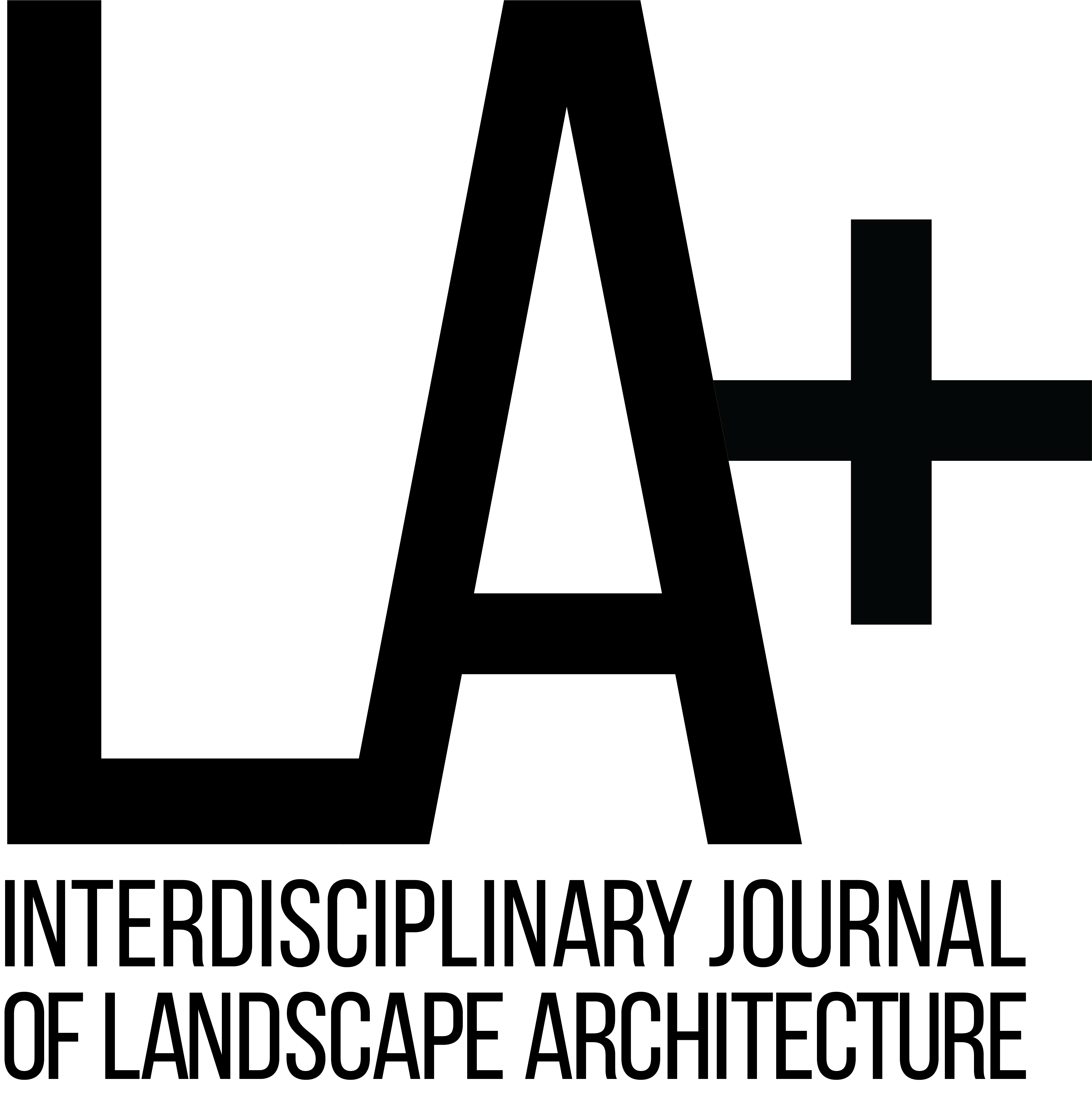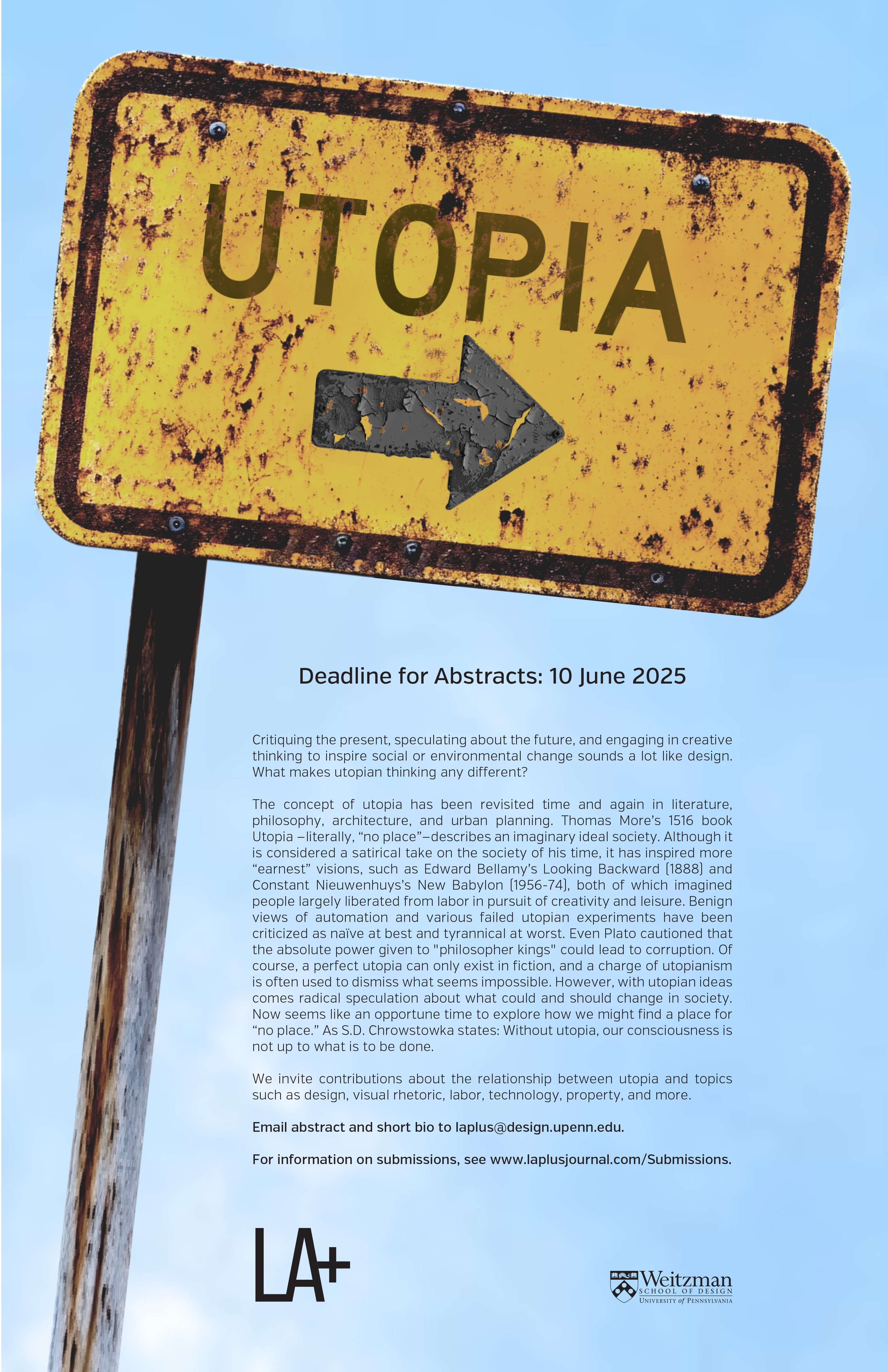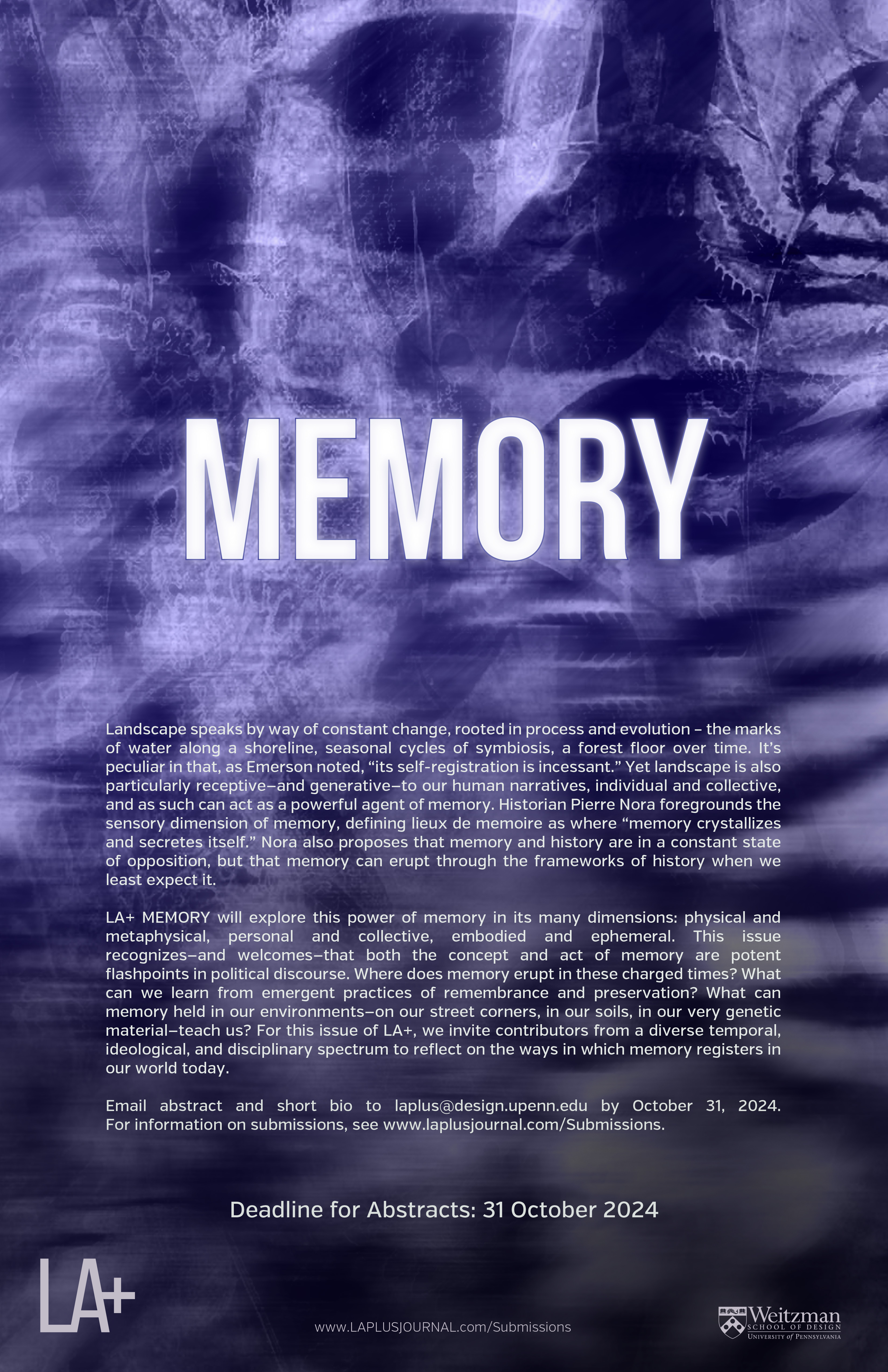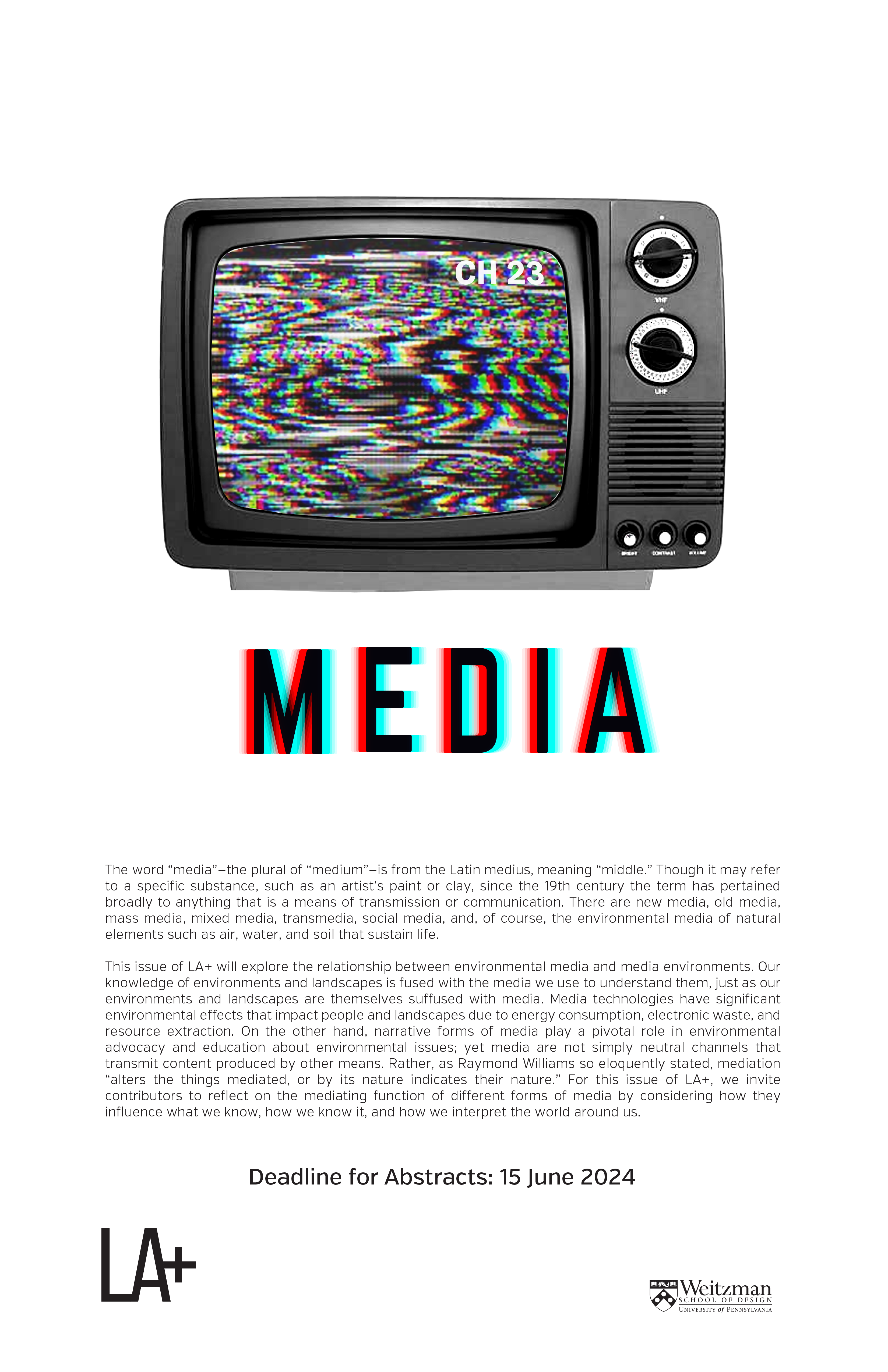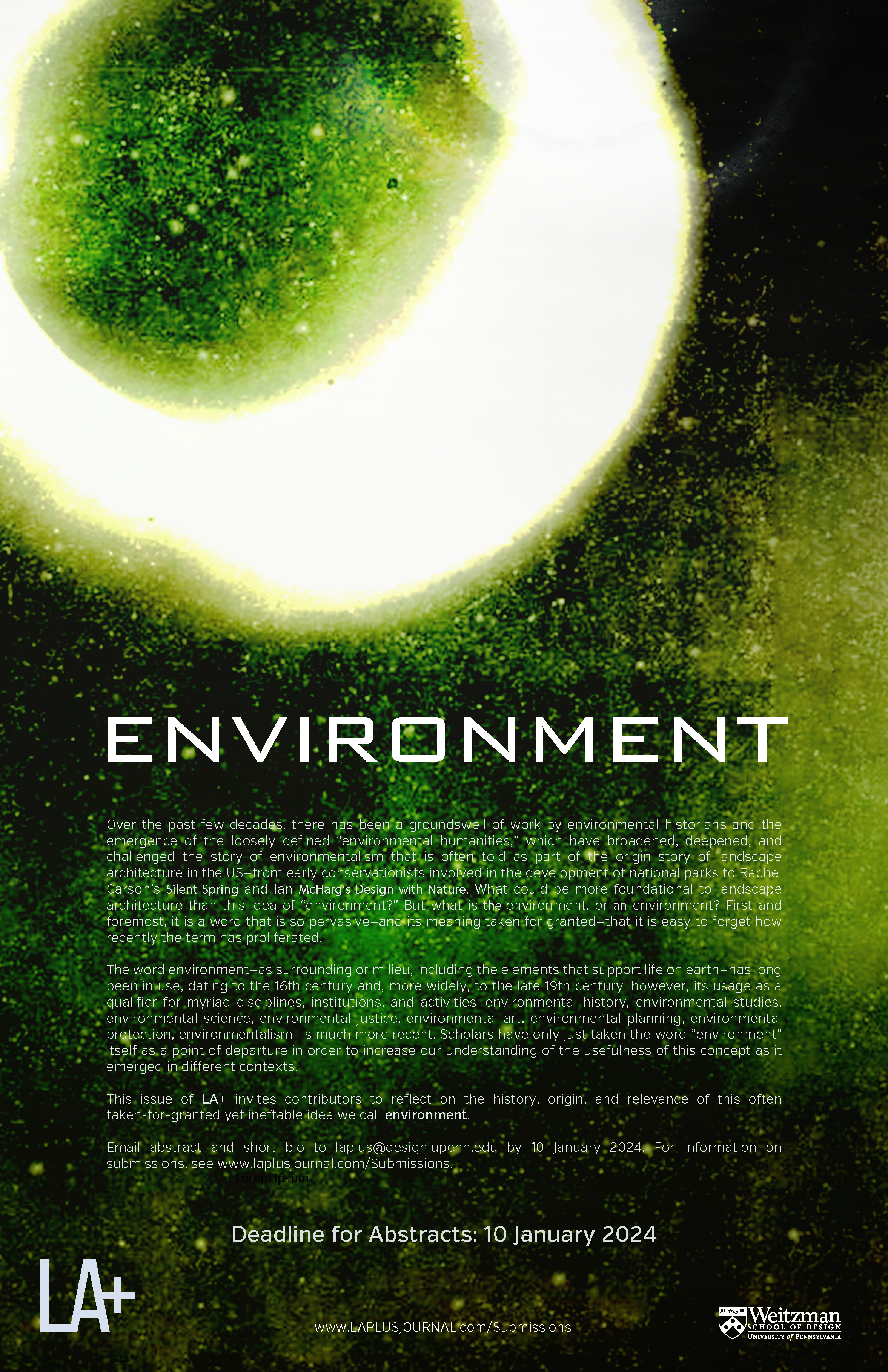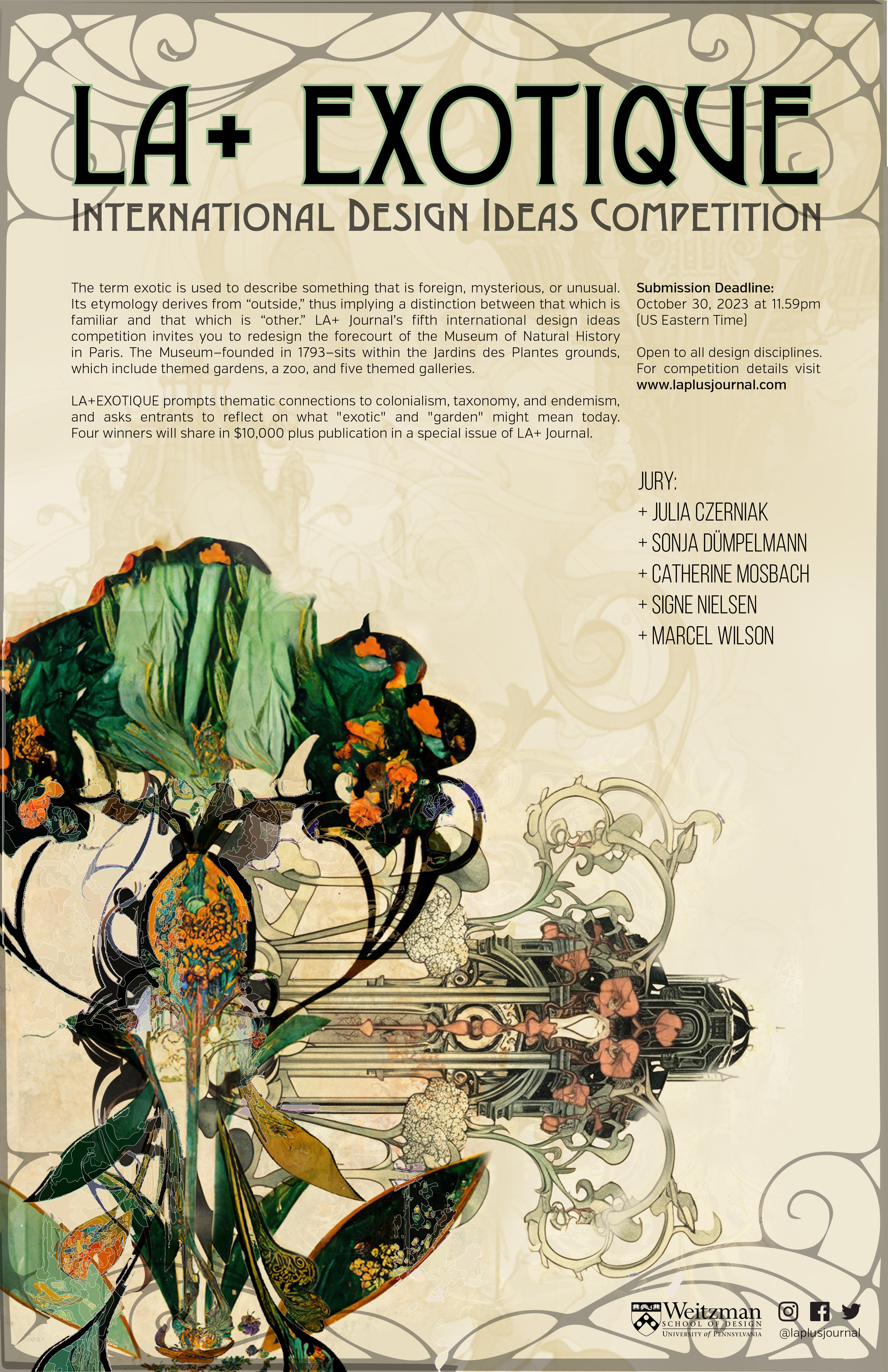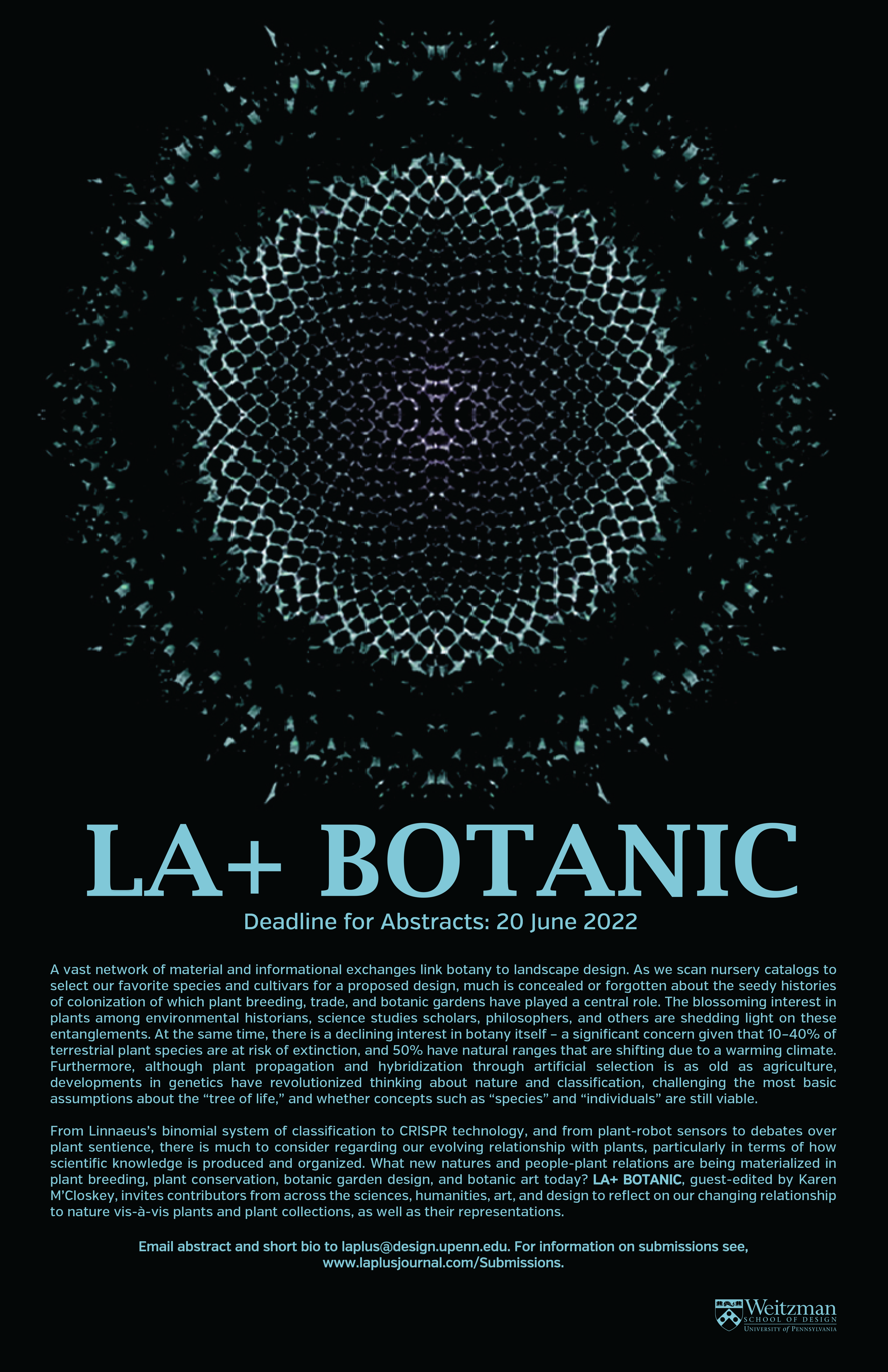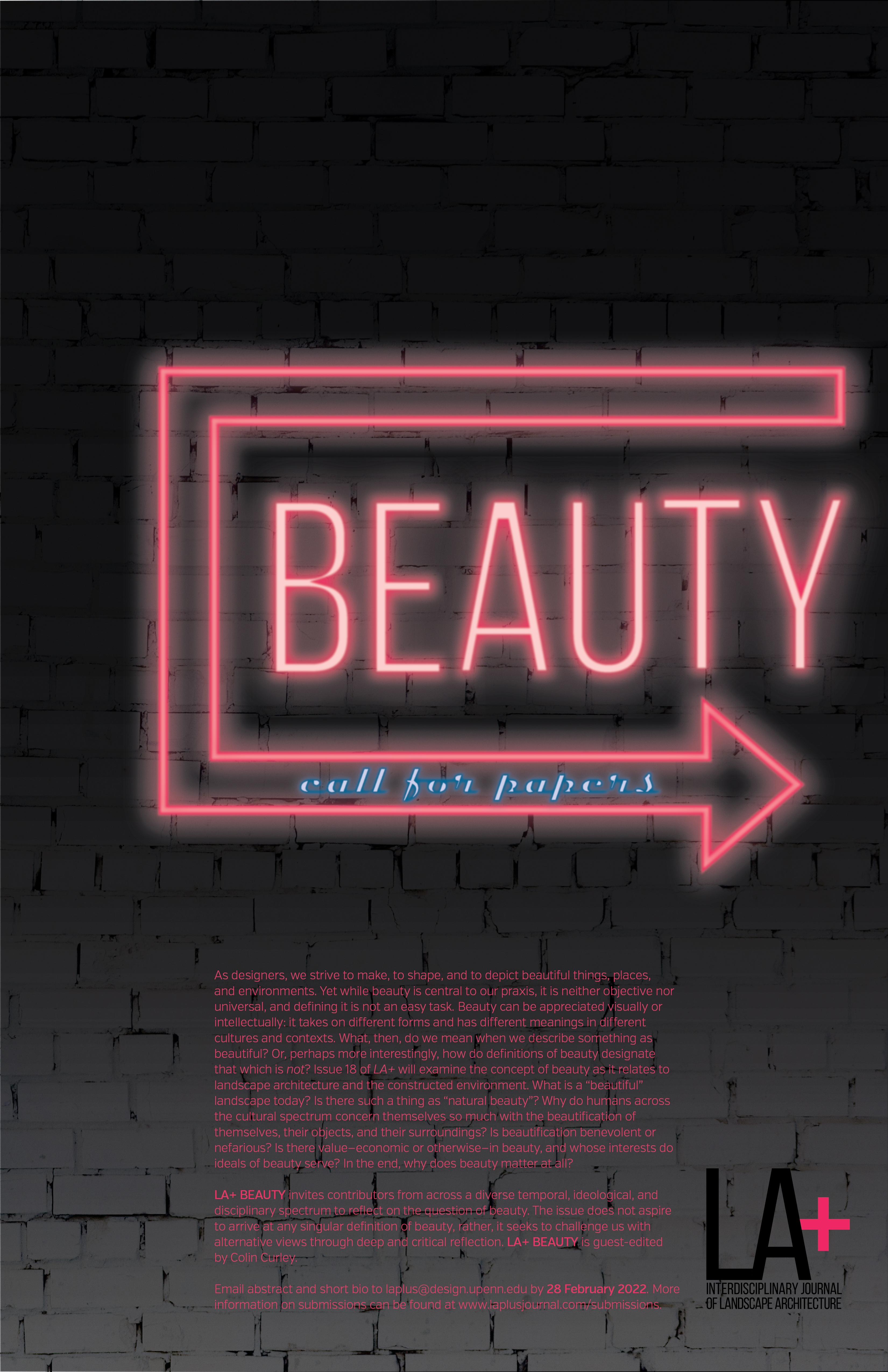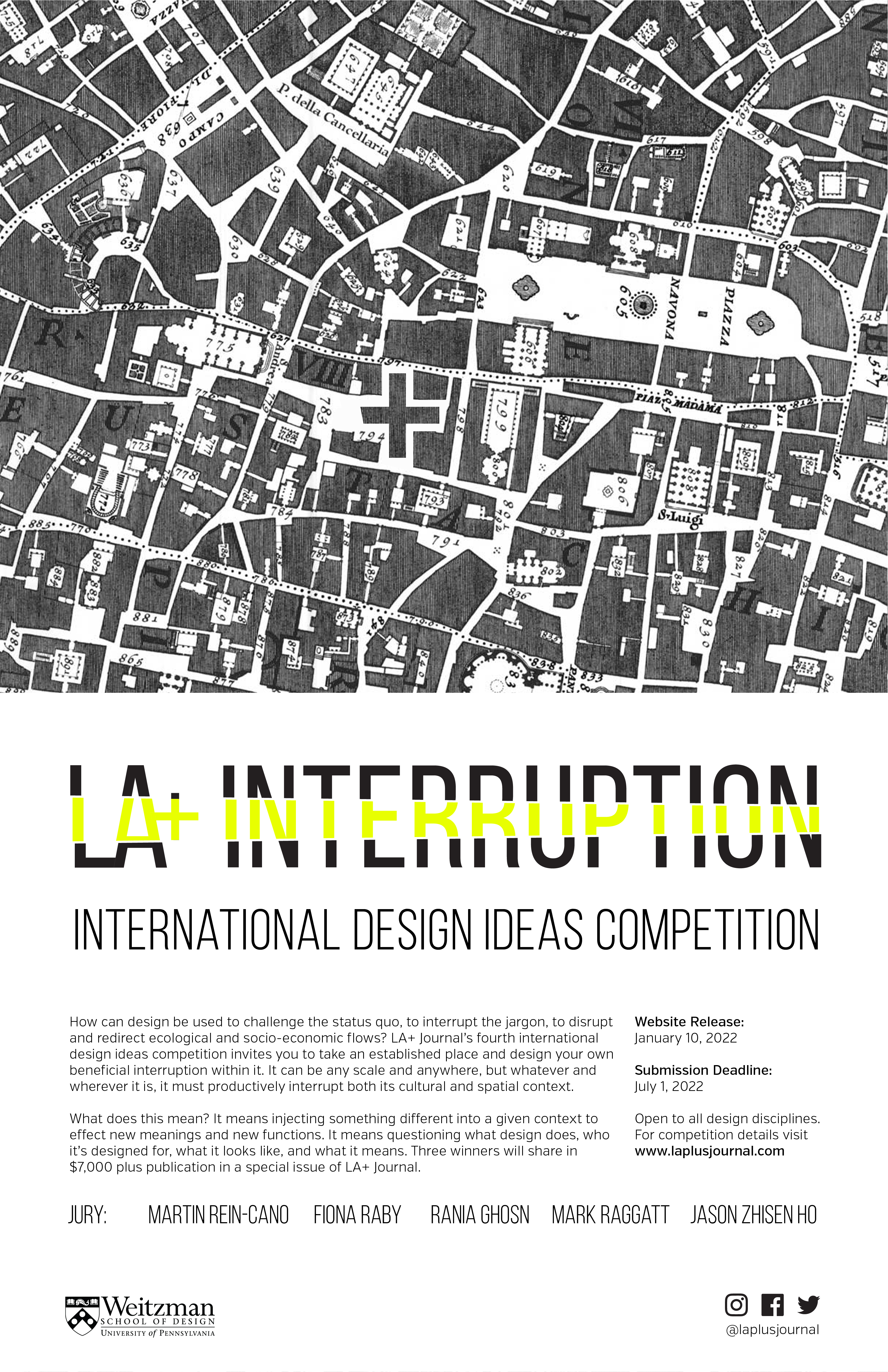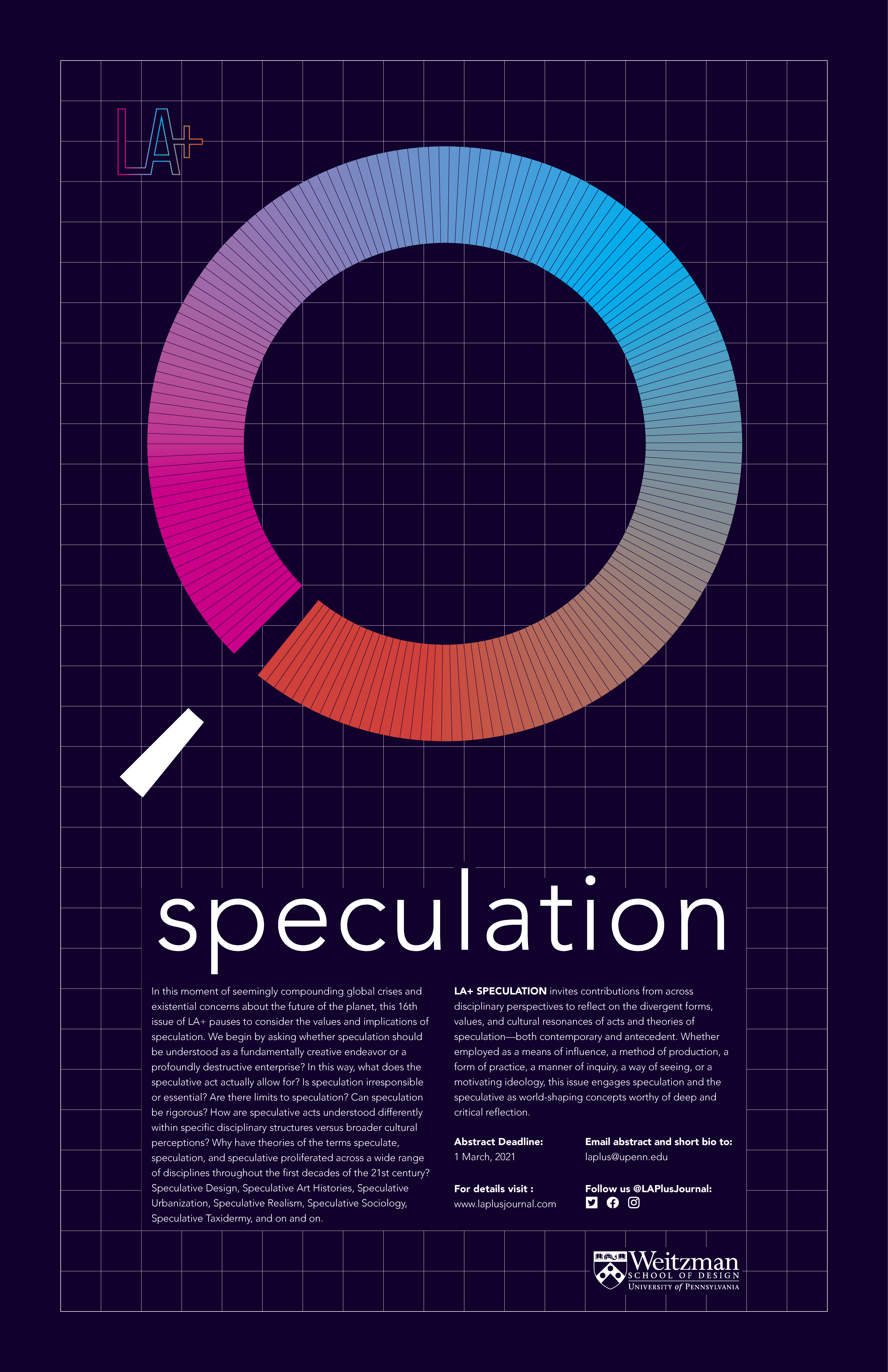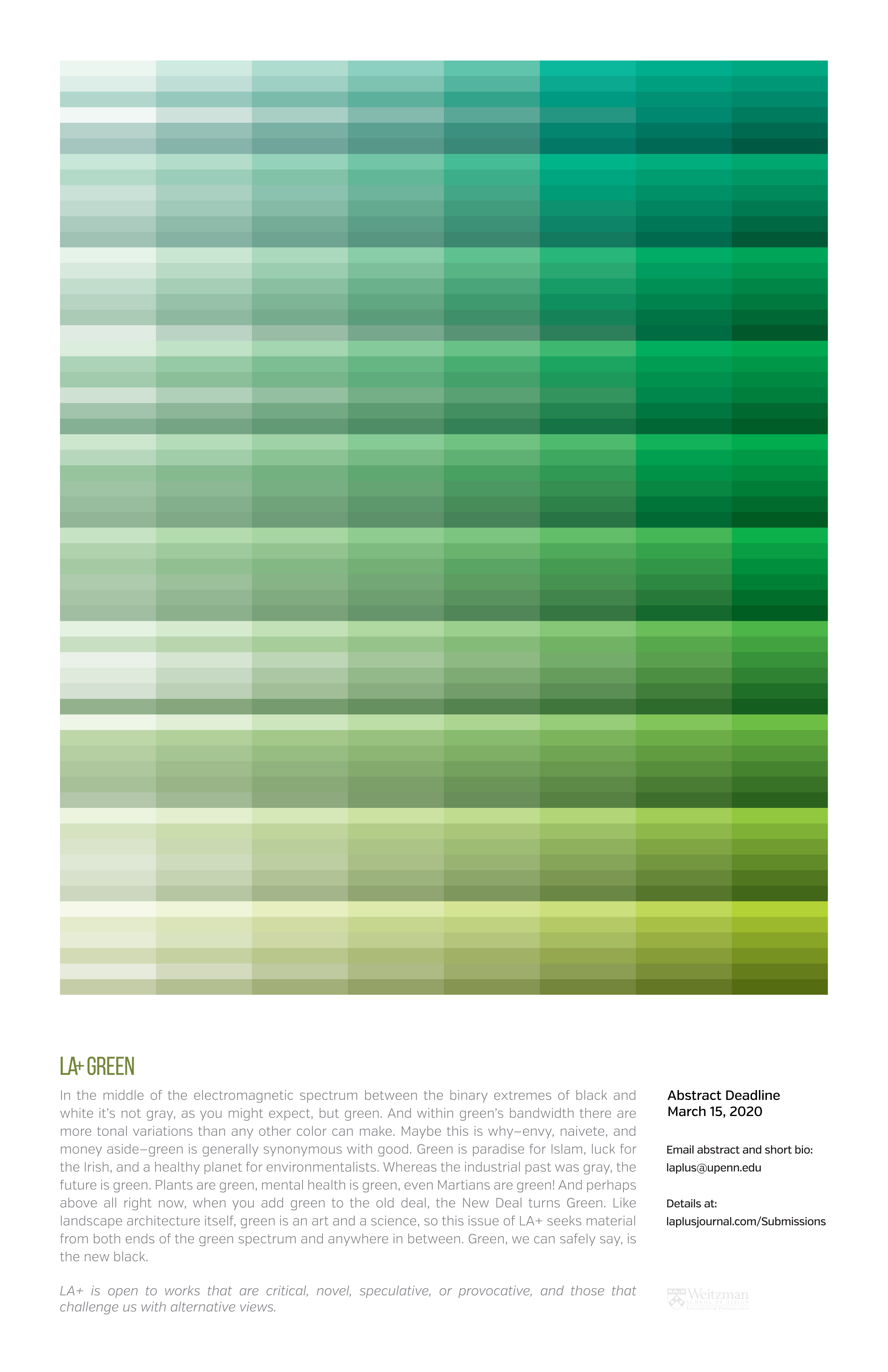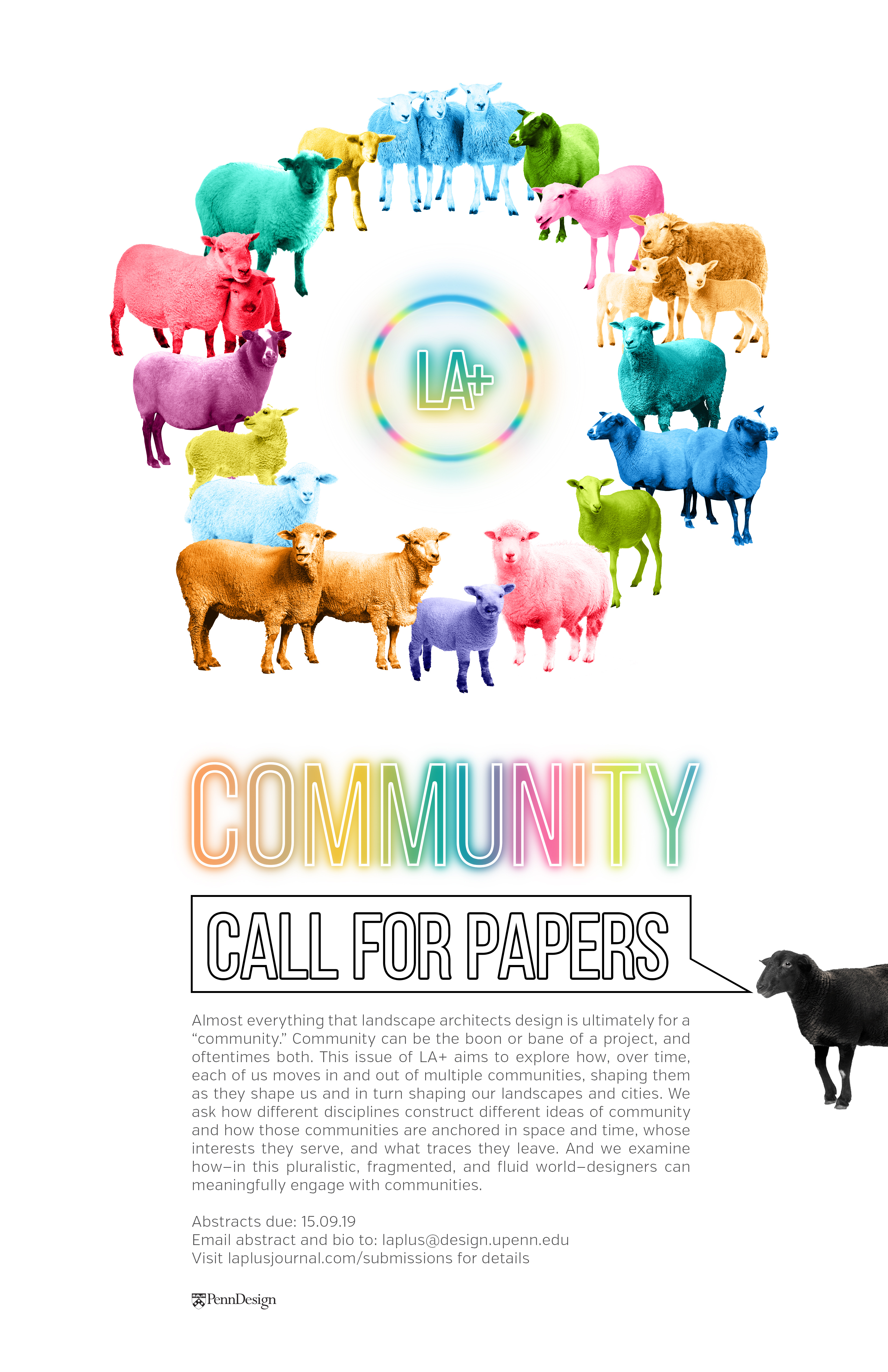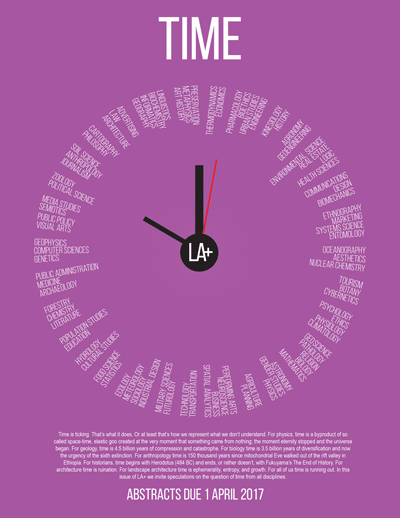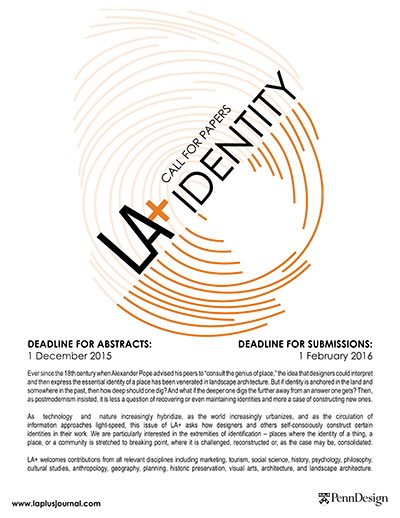ABOUT
LA+ (Landscape Architecture Plus) is an award-winning interdisciplinary journal founded in 2014 by Dr. Tatum L. Hands and Prof. Richard Weller and produced by the University of Pennsylvania Weitzman School of Design. LA+ explores landscape architecture's interdisciplinary potential, bringing readers a rich collection of contemporary thinkers and designers in two lavishly illustrated issues annually. Within our pages you hear not only from designers, but also from historians, artists, geographers, psychologists, ecologists, planners, scientists, philosophers, and many more. Our aim is to reveal connections and build collaborations between landscape architecture and other disciplines by exploring each issue’s theme from multiple perspectives. LA+ Journal is committed to content that promotes a global diversity of perspectives and cultures, and which encourages an expansive understanding of the field of landscape architecture and the role of landscape architects.
LA+ is a high-quality, full-color journal available in print (published by ORO Editions) and digital formats. LA+ is available for purchase at design bookstores and museums around the world including MoMA in NYC, the Musée de Beaux-Artes in Montrèal, the Royal Institute of British Architects in London, and the National Building Museum in Washington DC. Each issue features an original theme sketch by celebrated landscape architect Laurie Olin.

Editor in Chief
Karen M’Closkey

Creative Director
Catherine Seavitt

Art Director
Colin Curley

Editorial Assistant
Ainsley Rhodes

Founding Editor in Chief
Tatum L. Hands

Founding Creative Director
Richard Weller (1963-2025)



CALL FOR PAPERS
25 LA+ UTOPIA
Poster design by Ainsley Rhodes
Poster design by Ainsley Rhodes
24 LA+ MEMORY
Poster design by Andreina Sojo
23 LA+ MEDIA
Poster design by Andreina Sojo
22 LA+ ENVIRONMENT
Poster design by Andreina Sojo
21 LA+ SENSE
Poster design by Maura McDaniel
20 LA+ EXOTIQUE
Poster design by Andreina Sojo
19 LA+ BOTANIC
Poster design by Karen M’Closkey
18 LA+ BEAUTY
Poster design by Colin Curley
17 LA+ INTERRUPTION
Poster design by Madeleine Ghillany-Lehar
16 LA+ SPECULATION
Poster design by Christopher Marcinkoski, Javier Arpa Fernandez + Aaron Stone
15 LA+ GREEN
Poster design by Aaron Stone
14 LA+ CREATURE
Poster design by Aaron Stone
13 LA+ COMMUNITY
Poster design by Aaron Stone
12 LA+ GEO
Poster design by Karen M’Closkey
11 LA+ VITALITY
Poster design by Nikki Chang
10 LA+ ICONOCLAST
Poster design by Nikki Chang
09 LA+ DESIGN
Poster design by Colin Curley
08 LA+ TIME
Poster design by Allison Koll
07 LA+ IMAGINATION
Poster design by Allison Koll + Prakul Reddy Pottapu
06 LA+ RISK
Poster design by Ellen Guanlee Xie
05 LA+ IDENTITY
Poster design by Allison Koll
04 LA+ SIMULATION
Poster design by Elise McCurley
03 LA+ TYRANNY
Poster design by Chieh Huang
02 LA+ PLEASURE
Poster design by Kate Rodgers
01 LA+ WILD
Poster design by Michael Shafir
Poster design by Michael Shafir
(Images courtesy Tom Hammond + Marcus Sümnic)

The LA+ EXOTIQUE design ideas competition asks entrants to design the forecourt of the Museum of Natural History in Paris. The museum was founded in 1793 during the French Revolution, though the site had been used as a royal garden of medicinal plants since 1635. The site is located on the left bank of the River Seine and sits within the Jardin des Plantes, which are 28-hectare grounds that include exterior gardens and a zoo (Ménagerie), with five galleries in the museum precinct: Gallery of Evolution, Gallery of Mineralogy and Geology, Gallery of Botany, Gallery of Paleontology and Comparative Anatomy, and Large Greenhouses (Grandes Serres). All of these could be considered inspiration for your design. The Museum is not just a collection of fossils, it is an active research institution studying the evolution of life on this planet, and its occupants, both human and nonhuman.
Obviously, this location
provides rich thematic connections to questions of colonialism, taxonomy,
endemism, and exoticism. The degree to which your design relates to these
themes and the museum itself is at your discretion. Whether (and, if so, how)
the space is curated by the museum, or whether it functions autonomously as a
themed area within the broader context of the Jardins des Plantes or
some combination thereof, is also at your discretion. Similarly, you will have
to decide upon the degree to which your design might include botanical
material, and how it relates to garden history more broadly. (Please note that
the Museum and the Jardin des Plantes are not formally associated with this
competition; however, for the hypothetical purposes of this competition,
entrants can assume that both institutions are willing partners.)
In the tradition of past LA+ competitions entrants are encouraged to challenge
and extend the competition’s conceptual terms of reference and the way in which
ideas are represented. This openness is not, however, to be confused with
conceptual and spatial vagary: designs are expected to be legible and resolved
both conceptually and in terms of their spatial and material relationship to
the site. The drawings, images, and accompanying written statement must be
legible and accurate. While the competition emphasizes conceptual richness over
buildability, it is important to note that designs will be judged as real
proposals and therefore their degree of suitability for this specific location
will be considered. We hasten to add that Paris has a fine history of building
projects that challenge conservative conceptions of what may or may not be
considered “suitable.” While budget is not a consideration the form, function,
and materiality of entries will be of interest to the jury.
Entry requires three sheets of images (which should conform to the competition template) and a 350-word
supporting text explaining the design concept. In addition, entrants are asked
to name their design and provide a 1–2 sentence abstract or “pitch” describing
the proposal.
SUGGESTED READINGS
· Ursula Heise, Imagining Extinction (University of Chicago Press, 2016).
· Irus Braverman, Wild Life: The Institution of Nature (Stanford University Press, 2015).
· Elizabeth Kolbert, The Sixth Extinction (Henry Holt & Co., 2014).
· Emma Marris, The Rambunctious Garden (Bloomsbury, 2013).
· Patrick Mauriès, Cabinets of Curiosities (Thames & Hudson, 2019).
· Andrea Wulf, The Invention of Nature: The Adventures of Alexander von Humboldt, the Lost Hero of Science (John Murray, 2016).
· Alice Proctor, The Whole Picture: The colonial story of the art in our museums... and why we need to talk about it (Cassell, 2020).
· Daisy Dixon, “Review: ‘The Whole Picture: The colonial story of the art in our museums...and why we need to talk about it’” British Journal of Aesthetics 61, no. 3 (2021).
· Louise Wickham, Gardens in History: A Political Perspective. ( Windgather Press, 2012).
· William Taylor, (1998) “The cultivation of reason: functionalism and the management of nature”, Studies in the History of Gardens & Designed Landscapes 18, no. 2 (1998), 130–44.
· Fred Pearce, The New Wild (Beacon Press, 2016).
· Richard Weller, “Animals” in Richard Weller & Tatum Hands (eds), The Landscape Project (AR+D Publishing, 2023).
· Sonja Dümpelmann, “Plants” in Richard Weller & Tatum Hands (eds), The Landscape Project (AR+D Publishing, 2023).
· Christopher Marcinkoski, “Public” in Richard Weller & Tatum Hands (eds), The Landscape Project (AR+D Publishing, 2023).
· Oshinsky, Sara J. “Exoticism in the Decorative Arts,” in Heilbrunn Timeline of Art History. (The Metropolitan Museum of Art, 2004).
· “Exoticism,” The Art and Popular Culture Encyclopedia.
· David Carrier, “How Exotic can Exotic Art Be?” in A World Art History and its Objects (Penn State University Press, 2008).
· Charles Forsdick, “Defining the Exotic: Exoticism as an Approach to Radical Diversity” in Victor Segalen and the Aesthetics of Diversity: Journeys Between Cultures (Oxford University Press, 2000).
· Zaheer Baber, “The Plants of Empire: Botanic Gardens, Colonial Power and Botanical Knowledge,” Journal of Contemporary Asia 46, no. 4 (2016).
· Anna-Katharina Laboissière, “Collect, Save, Adapt: Making and Unmaking Ex Situ Worlds,” Cultural Studies Review 25, no. 1 (2019).
· Donald Rakow & Sharon Less, “Western Botanical Gardens: History and Evolution,” Horticultural Reviews 43 (2015), ch. 5.
Got suggestions for other readings? Let us know.
*COMPETITION NOW CLOSED*
ENTRY PLATFORM OPENS
June 20, 2023
SUBMISSION DEADLINE
October 30, 2023 at 11.59pm (US Eastern Time)
WINNERS ANNOUNCED
December 15, 2023
WINNERS + SELECTED ENTRIES PUBLISHED
The LA+ EXOTIQUE issue will be published in Fall 2024.
AWARDS
Total prize pool USD $10,000
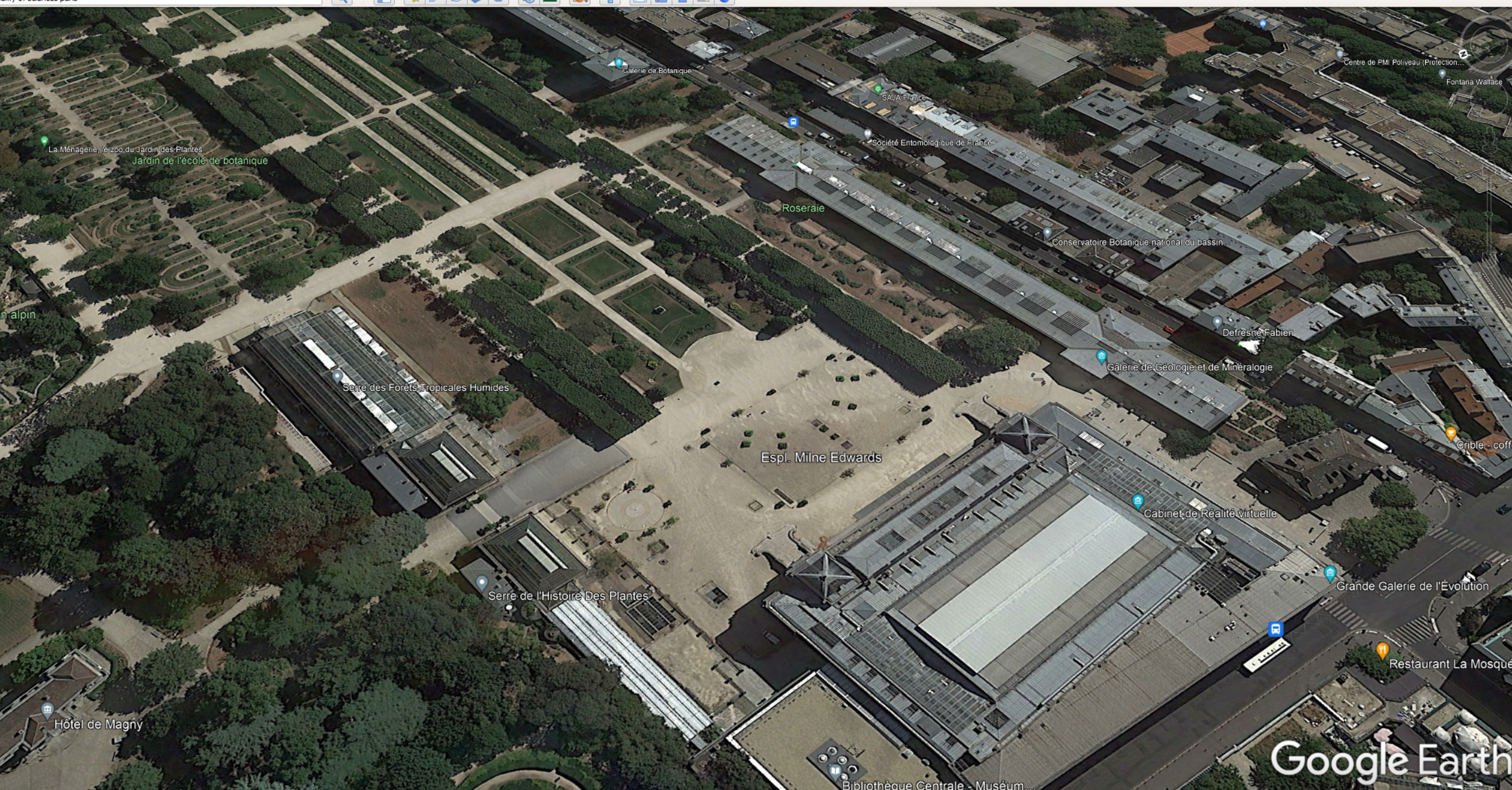
SITE: Forecourt of the Museum national d’histoire naturelle in the Jardin des Plantes, Paris. Image: (c) Google Earth. *Click here for more site views and to download the competition template.
4 WINNERS
USD $2,500 each, a certificate, and feature publication in LA+ EXOTIQUE
10 HONORABLE MENTIONS
Certificate, and feature publication in LA+ EXOTIQUE
1 EDITOR’S CHOICE AWARD
LA+ Journal’s Editor in Chief will choose one notable but unawarded entry to receive publication in the LA+ EXOTIQUE Salon
Des Refusés.
4 WINNERS
USD $2,500 each, a certificate, and feature publication in LA+ EXOTIQUE
10 HONORABLE MENTIONS
Certificate, and feature publication in LA+ EXOTIQUE
1 EDITOR’S CHOICE AWARD
LA+ Journal’s Editor in Chief will choose one notable but unawarded entry to receive publication in the LA+ EXOTIQUE Salon
Des Refusés.
1 EDITOR’S CHOICE AWARD
LA+ Journal’s Editor in Chief will choose one notable but unawarded entry to receive publication in the LA+ EXOTIQUE Salon
Des Refusés.

The LA+ EXOTIQUE design ideas competition asks entrants to design the forecourt of the Museum of Natural History in Paris. The museum was founded in 1793 during the French Revolution, though the site had been used as a royal garden of medicinal plants since 1635. The site is located on the left bank of the River Seine and sits within the Jardin des Plantes, which are 28-hectare grounds that include exterior gardens and a zoo (Ménagerie), with five galleries in the museum precinct: Gallery of Evolution, Gallery of Mineralogy and Geology, Gallery of Botany, Gallery of Paleontology and Comparative Anatomy, and Large Greenhouses (Grandes Serres). All of these could be considered inspiration for your design. The Museum is not just a collection of fossils, it is an active research institution studying the evolution of life on this planet, and its occupants, both human and nonhuman.
Obviously, this location
provides rich thematic connections to questions of colonialism, taxonomy,
endemism, and exoticism. The degree to which your design relates to these
themes and the museum itself is at your discretion. Whether (and, if so, how)
the space is curated by the museum, or whether it functions autonomously as a
themed area within the broader context of the Jardins des Plantes or
some combination thereof, is also at your discretion. Similarly, you will have
to decide upon the degree to which your design might include botanical
material, and how it relates to garden history more broadly. (Please note that
the Museum and the Jardin des Plantes are not formally associated with this
competition; however, for the hypothetical purposes of this competition,
entrants can assume that both institutions are willing partners.)
In the tradition of past LA+ competitions entrants are encouraged to challenge
and extend the competition’s conceptual terms of reference and the way in which
ideas are represented. This openness is not, however, to be confused with
conceptual and spatial vagary: designs are expected to be legible and resolved
both conceptually and in terms of their spatial and material relationship to
the site. The drawings, images, and accompanying written statement must be
legible and accurate. While the competition emphasizes conceptual richness over
buildability, it is important to note that designs will be judged as real
proposals and therefore their degree of suitability for this specific location
will be considered. We hasten to add that Paris has a fine history of building
projects that challenge conservative conceptions of what may or may not be
considered “suitable.” While budget is not a consideration the form, function,
and materiality of entries will be of interest to the jury.
Entry requires three sheets of images (which should conform to the competition template) and a 350-word
supporting text explaining the design concept. In addition, entrants are asked
to name their design and provide a 1–2 sentence abstract or “pitch” describing
the proposal.
SUGGESTED READINGS
· Ursula Heise, Imagining Extinction (University of Chicago Press, 2016).
· Irus Braverman, Wild Life: The Institution of Nature (Stanford University Press, 2015).
· Elizabeth Kolbert, The Sixth Extinction (Henry Holt & Co., 2014).
· Emma Marris, The Rambunctious Garden (Bloomsbury, 2013).
· Patrick Mauriès, Cabinets of Curiosities (Thames & Hudson, 2019).
· Andrea Wulf, The Invention of Nature: The Adventures of Alexander von Humboldt, the Lost Hero of Science (John Murray, 2016).
· Alice Proctor, The Whole Picture: The colonial story of the art in our museums... and why we need to talk about it (Cassell, 2020).
· Daisy Dixon, “Review: ‘The Whole Picture: The colonial story of the art in our museums...and why we need to talk about it’” British Journal of Aesthetics 61, no. 3 (2021).
· Louise Wickham, Gardens in History: A Political Perspective. ( Windgather Press, 2012).
· William Taylor, (1998) “The cultivation of reason: functionalism and the management of nature”, Studies in the History of Gardens & Designed Landscapes 18, no. 2 (1998), 130–44.
· Fred Pearce, The New Wild (Beacon Press, 2016).
· Richard Weller, “Animals” in Richard Weller & Tatum Hands (eds), The Landscape Project (AR+D Publishing, 2023).
· Sonja Dümpelmann, “Plants” in Richard Weller & Tatum Hands (eds), The Landscape Project (AR+D Publishing, 2023).
· Christopher Marcinkoski, “Public” in Richard Weller & Tatum Hands (eds), The Landscape Project (AR+D Publishing, 2023).
· Oshinsky, Sara J. “Exoticism in the Decorative Arts,” in Heilbrunn Timeline of Art History. (The Metropolitan Museum of Art, 2004).
· “Exoticism,” The Art and Popular Culture Encyclopedia.
· David Carrier, “How Exotic can Exotic Art Be?” in A World Art History and its Objects (Penn State University Press, 2008).
· Charles Forsdick, “Defining the Exotic: Exoticism as an Approach to Radical Diversity” in Victor Segalen and the Aesthetics of Diversity: Journeys Between Cultures (Oxford University Press, 2000).
· Zaheer Baber, “The Plants of Empire: Botanic Gardens, Colonial Power and Botanical Knowledge,” Journal of Contemporary Asia 46, no. 4 (2016).
· Anna-Katharina Laboissière, “Collect, Save, Adapt: Making and Unmaking Ex Situ Worlds,” Cultural Studies Review 25, no. 1 (2019).
· Donald Rakow & Sharon Less, “Western Botanical Gardens: History and Evolution,” Horticultural Reviews 43 (2015), ch. 5.
Got suggestions for other readings? Let us know.
*COMPETITION NOW CLOSED*
ENTRY PLATFORM OPENS
June 20, 2023
SUBMISSION DEADLINE
October 30, 2023 at 11.59pm (US Eastern Time)
WINNERS ANNOUNCED
December 15, 2023
WINNERS + SELECTED ENTRIES PUBLISHED
The LA+ EXOTIQUE issue will be published in Fall 2024.
AWARDS
Total prize pool USD $10,000

SITE: Forecourt of the Museum national d’histoire naturelle in the Jardin des Plantes, Paris. Image: (c) Google Earth. *Click here for more site views and to download the competition template.
4 WINNERS
USD $2,500 each, a certificate, and feature publication in LA+ EXOTIQUE
10 HONORABLE MENTIONS
Certificate, and feature publication in LA+ EXOTIQUE
1 EDITOR’S CHOICE AWARD
LA+ Journal’s Editor in Chief will choose one notable but unawarded entry to receive publication in the LA+ EXOTIQUE Salon
Des Refusés.
4 WINNERS
USD $2,500 each, a certificate, and feature publication in LA+ EXOTIQUE
10 HONORABLE MENTIONS
Certificate, and feature publication in LA+ EXOTIQUE
1 EDITOR’S CHOICE AWARD
LA+ Journal’s Editor in Chief will choose one notable but unawarded entry to receive publication in the LA+ EXOTIQUE Salon
Des Refusés.
1 EDITOR’S CHOICE AWARD
LA+ Journal’s Editor in Chief will choose one notable but unawarded entry to receive publication in the LA+ EXOTIQUE Salon
Des Refusés.

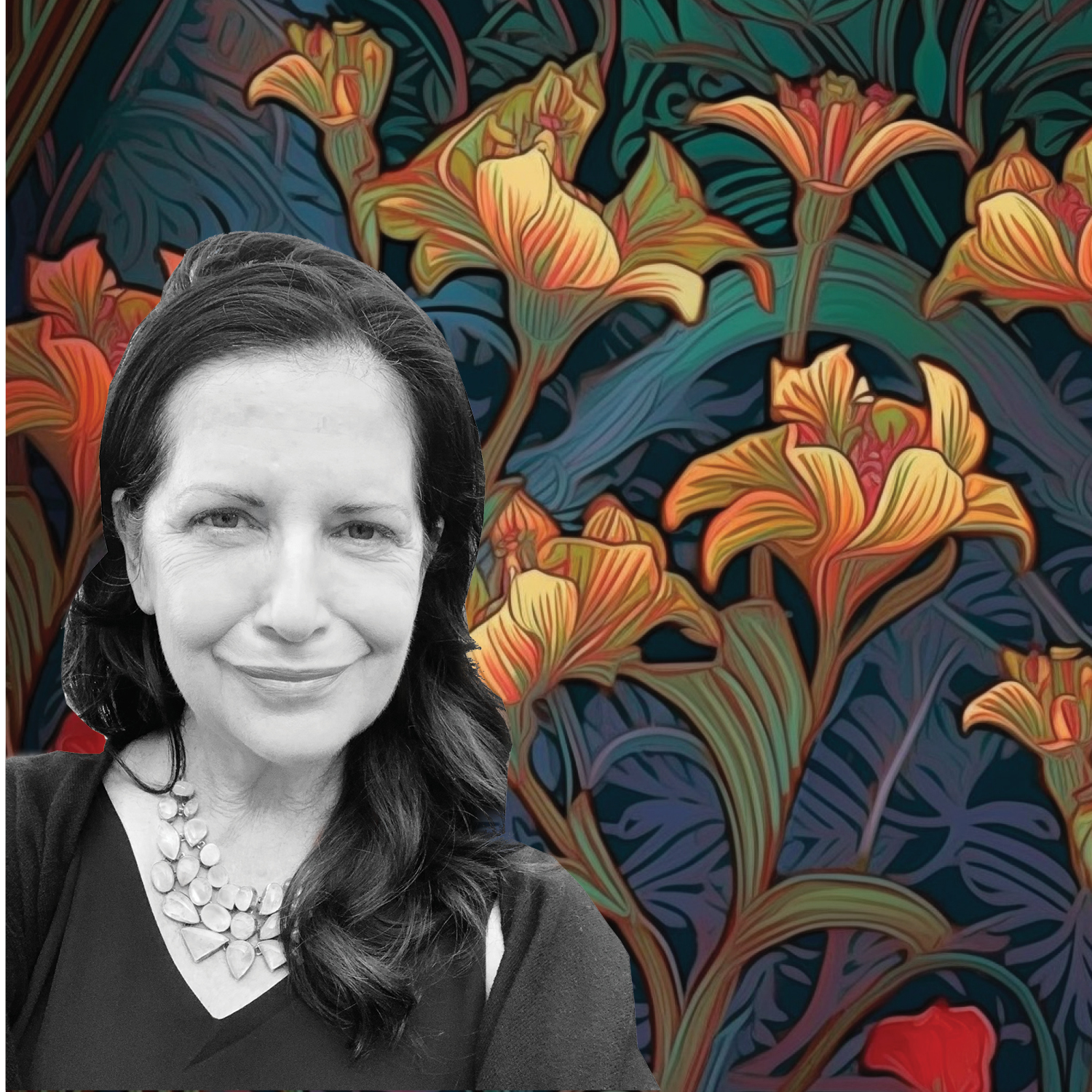
Julia Czerniak is Professor of Architecture at Syracuse University where she teaches studios and seminars on architectural design and landscape theory and criticism. She served as Associate Dean from 2014-2022. She is educated both as an architect and a landscape architect and her research and practice draw on the intersection of these disciplines. Her most recent design research explores the relationship of design to biodiversity, advancing landscape as a protagonist in remaking and envisioning the complex relationships among animal species. Czerniak’s work as a designer is complemented by her work as an educator and writer. Her publications include the books: Case: Downsview Park Toronto (1999); Large Parks (2007); and Formerly Urban: Projecting Rust Belt Futures (2013).
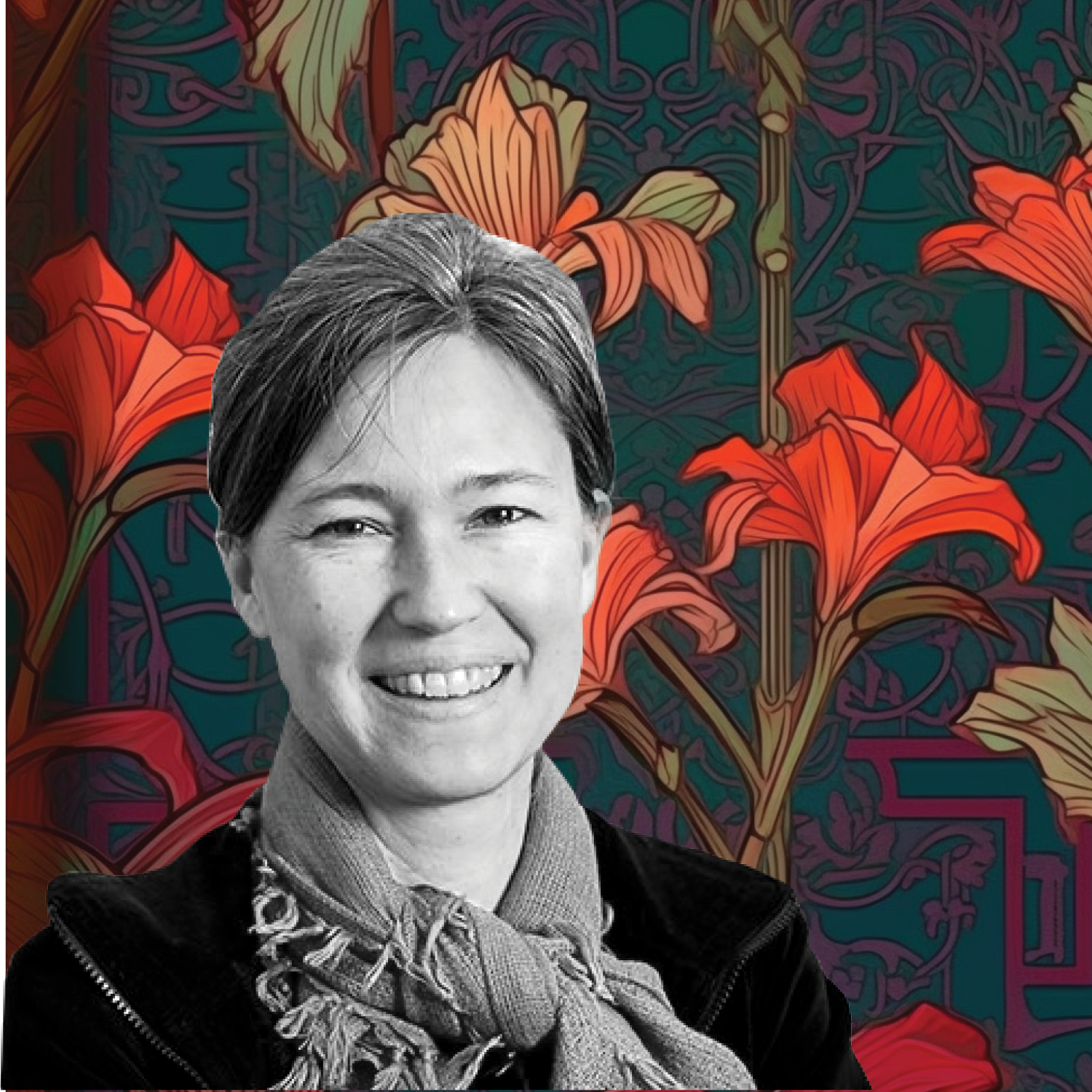
Sonja Dümpelmann co-directs the Rachel Carson Center at Ludwig-Maximilians-Universität Munich where she is professor and chair in environmental humanities. She was previously a professor in the Department of Landscape Architecture, University of Pennsylvania Stuart Weitzman School of Design. Dümpelmann is a historian of urban landscapes and environments in the 19th and 20th centuries. Her most recent monographs are Landscapes for Sport: Histories of Physical Exercise, Sport, and Health (ed., Washington DC: Dumbarton Oaks Research Library and Collection, 2022), and the award-winning Seeing Trees: A History of Street Trees in New York City and Berlin (Yale University Press, 2019).
Photo by Eric Sucar.
Photo by Eric Sucar.
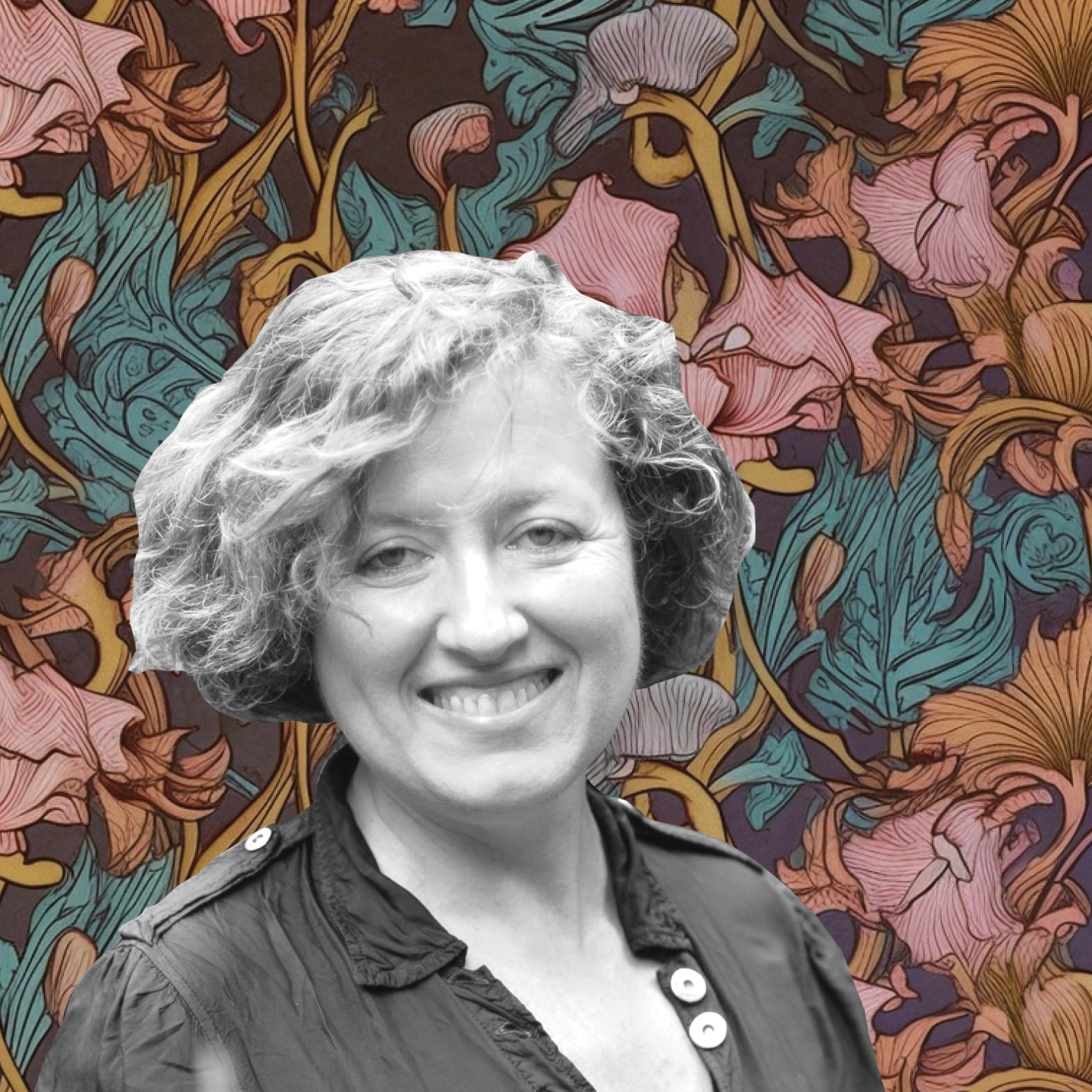
Catherine Mosbach is a landscape architect and founder of Paris-based design firm mosbach paysagistes and the magazine Pages Paysages. Catherine’s key projects include the Solutre Archaeological Park in Saone-et-Loire, Walk Sluice of Saint-Denis, the Botanical Garden of Bordeaux, the other side in Quebec City, Shan Shui at the International Horticultural Exposition in Xian, Lost in Transition Taehwa River Garden Show in Ulsan. She was the recipient of the Equerre D’argent award with Kazuyo Sejima and Ryue Nishizawa for the Louvre Lens Museum Park and was honored in the Iconic Concept Award category by the German Design Council and Platine Award by INT.design 15th Montreal for Phase Shifts Park in Taichung. The team was honored with Firm of the Year 2021 in Landscape and Urban Design by Architecture Master Prize Los Angeles.
Catherine was named a Knight of the Legion of Honour by French President
Francois Hollande in 2016. Her work, In the net of desires was featured in XXI Triennale de Milano 2017. Catherine is currently visiting professor at Harvard GSD.
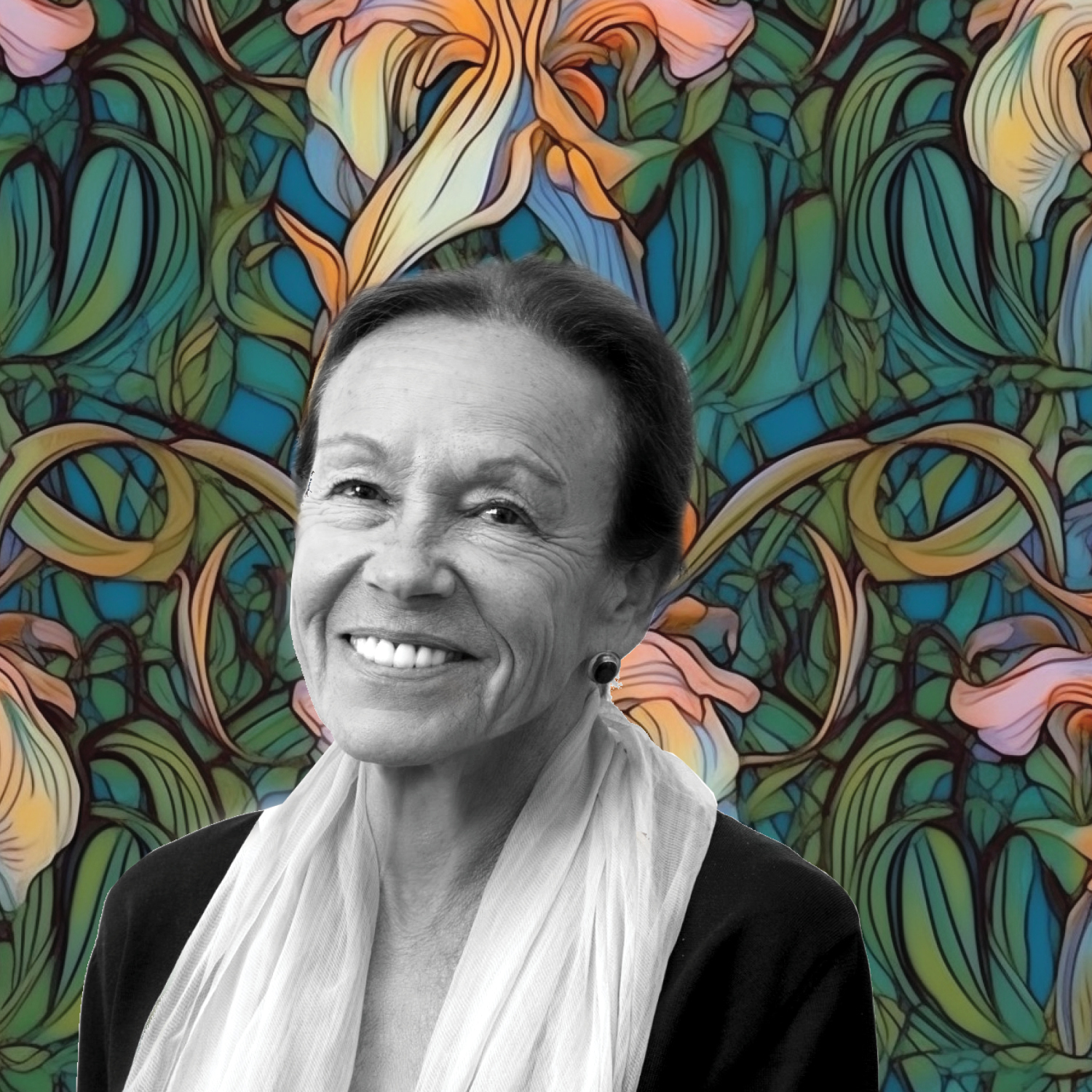
Signe Nielsen is principal of MNLA (Mathews Nielsen Landscape Architects) in New York and has been practicing as a landscape architect and urban designer since 1978. Her body of work has renewed the environmental integrity and transformed the quality of spaces for those who live, work, and play in the urban realm. Signe believes in using design as a vehicle for advocacy to promote discourse on social equity and community resilience and has served on multiple panels to effect positive change. A Fellow of the ASLA, she is the recipient of over 100 national and local design awards for public open space projects and is published extensively in national and international publications. Signe is a Professor of Urban Design and Landscape Architecture at Pratt Institute and former President for the Public Design Commission of the City of New York. Born in Paris, Signe holds degrees in Urban Planning from Smith College; in Landscape Architecture from City College of New York; and in Construction Management from Pratt Institute. MNLA’s recent award-winning landscape architecture projects in New York City include Little Island, Waterline Square Park, Governors Island, the Rockefeller University Campus, the Whitney Museum, the Edible Academy at the New York Botanical Garden, and the landscape of the iconic TWA Terminal Hotel at JFK.
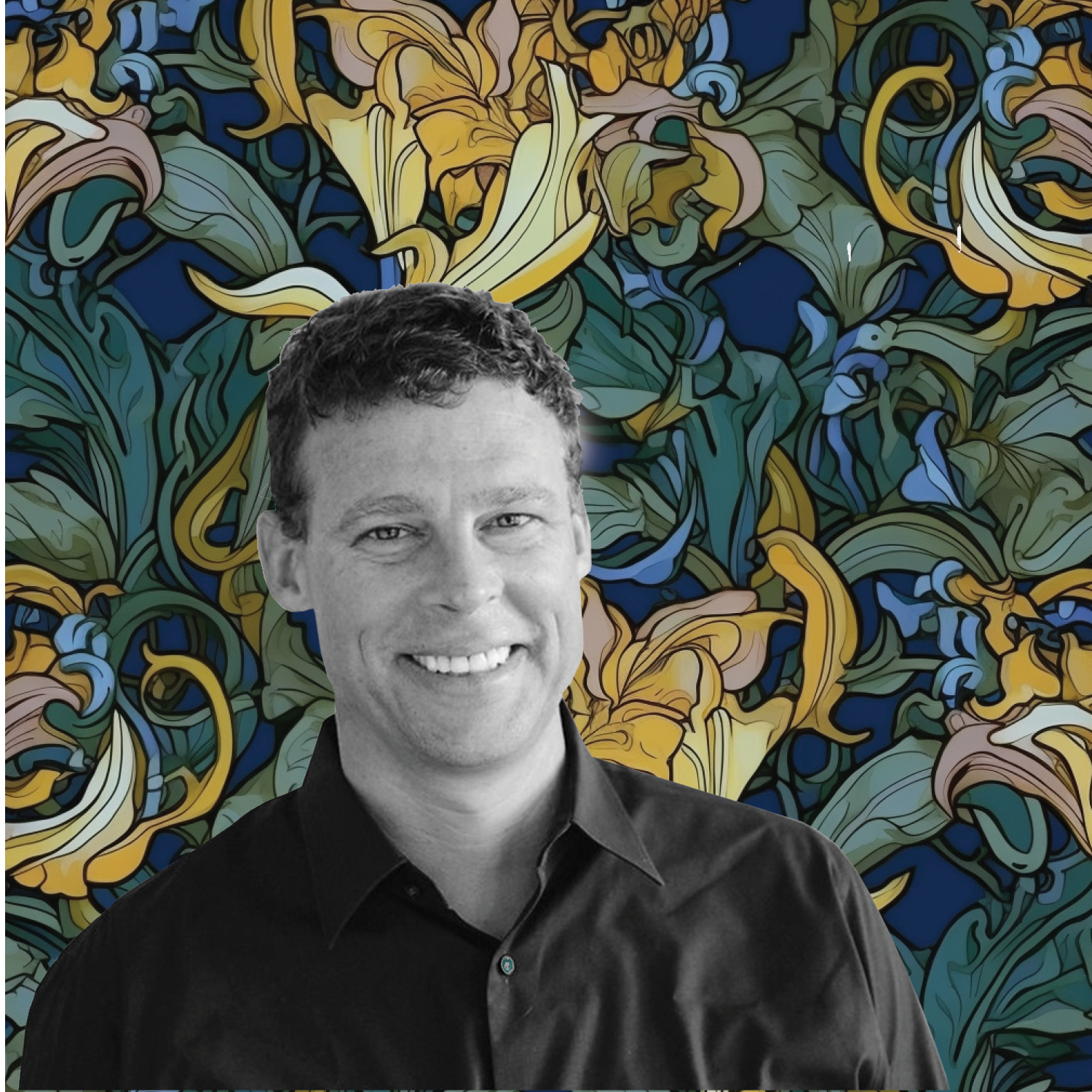
Marcel Wilson is founder and design director of Bionic based in San Francisco, California. He is an agile and inventive designer, and is distinguished as a creative force in complex landscape projects through his broad expertise in landscape technology which ranges from large-scale infrastructure systems to micro-scale material applications. His experience includes waterfronts, infrastructure, and coastal adaptation, high-rise construction, landscapes on structure, and post-industrial sites. Under his leadership Bionic has risen to the cutting edge of the profession through significant commissions for LinkedIn, Adobe, and Google. At the city scale he is leading the design of large parks, waterfronts, and new urban districts in multiple West Coast cities. The firm has won multiple international design competitions including Fort Mason Center Public Realm, the Adobe Creek Bridge in Palo Alto, and the Resilient By Design Bay Area Challenge. Marcel graduated with distinction from the Harvard Graduate School of Design where he was awarded the prestigious Weidenman Prize for Design Excellence.

17 INTERRUPTION
Published: Spring 2023

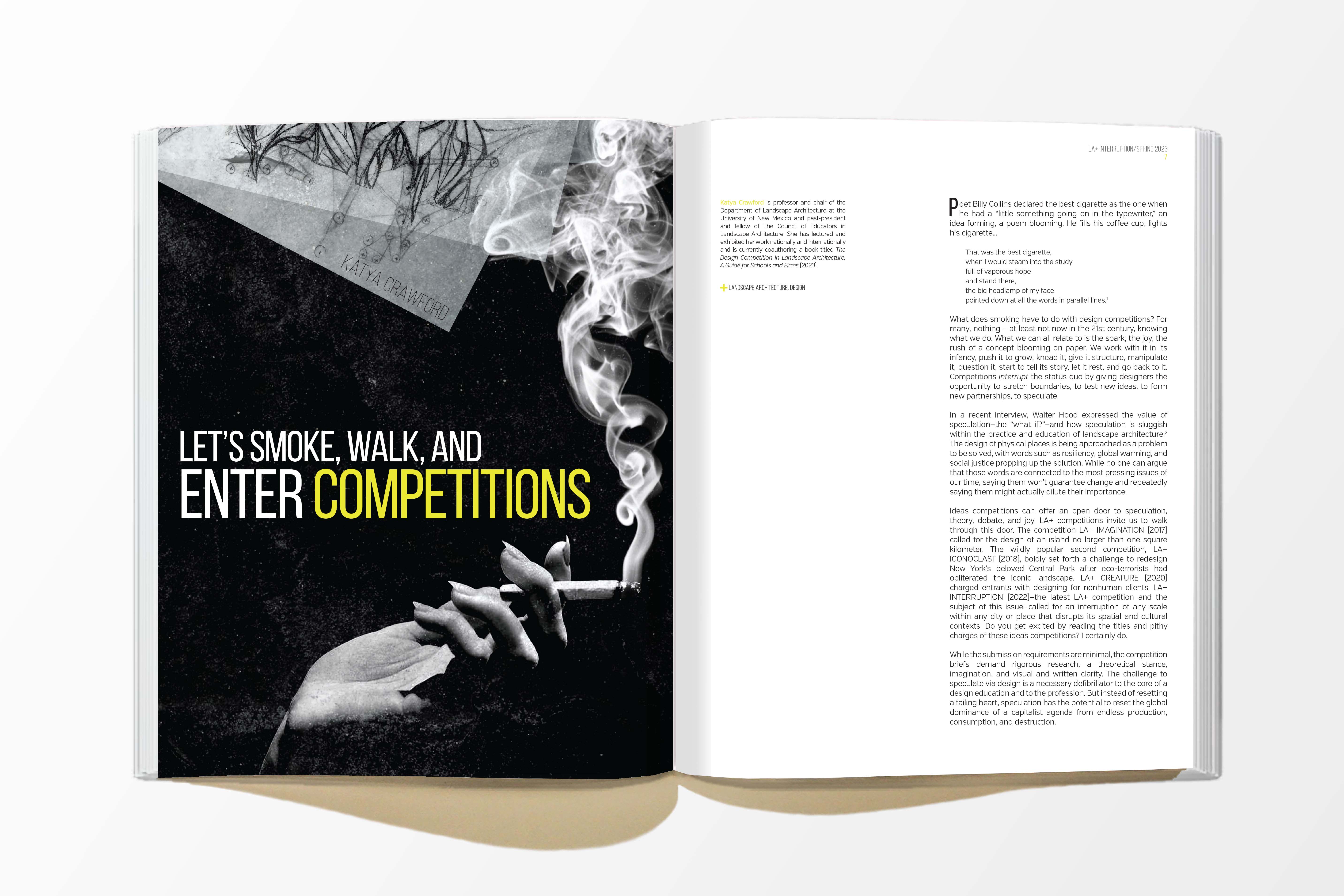
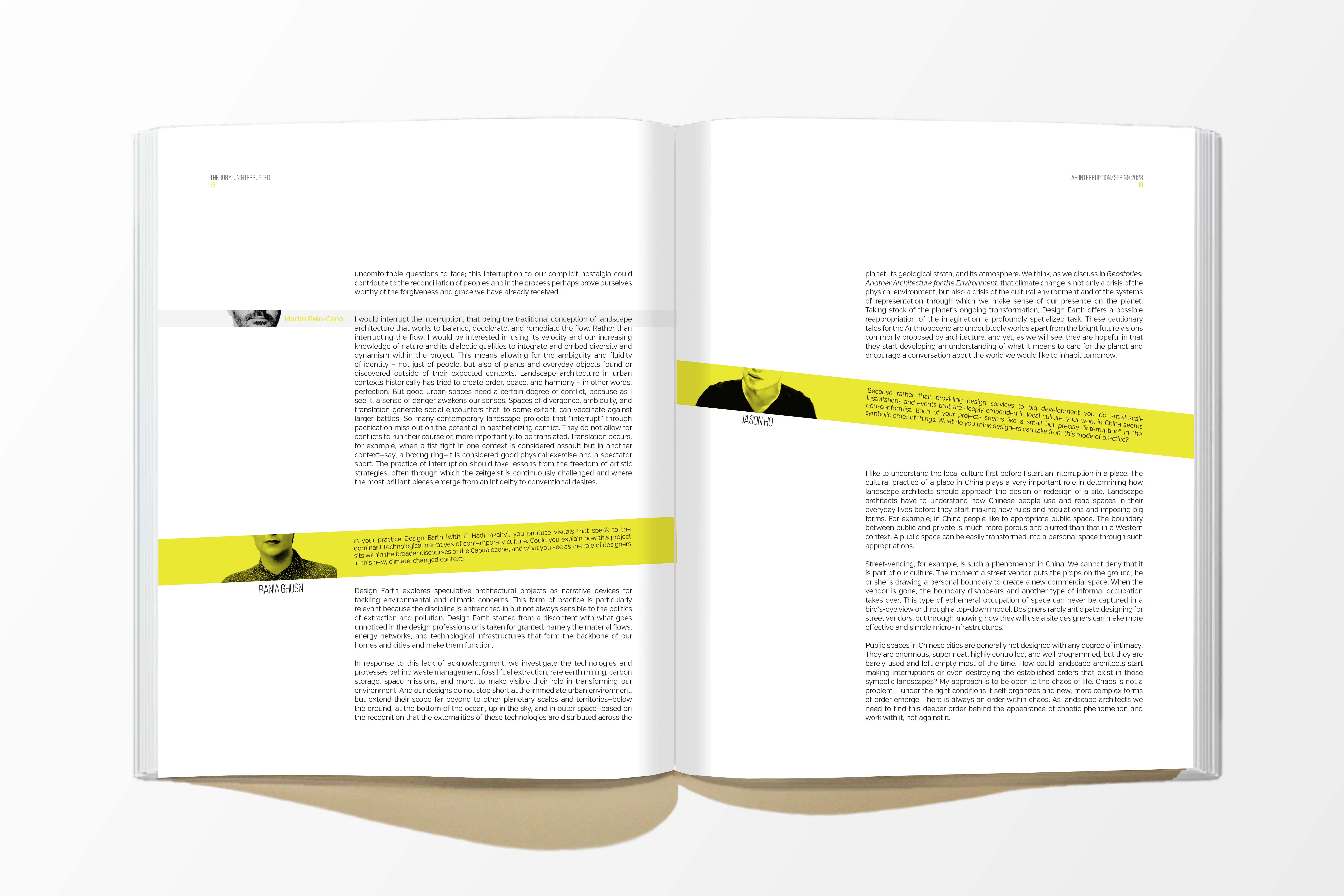
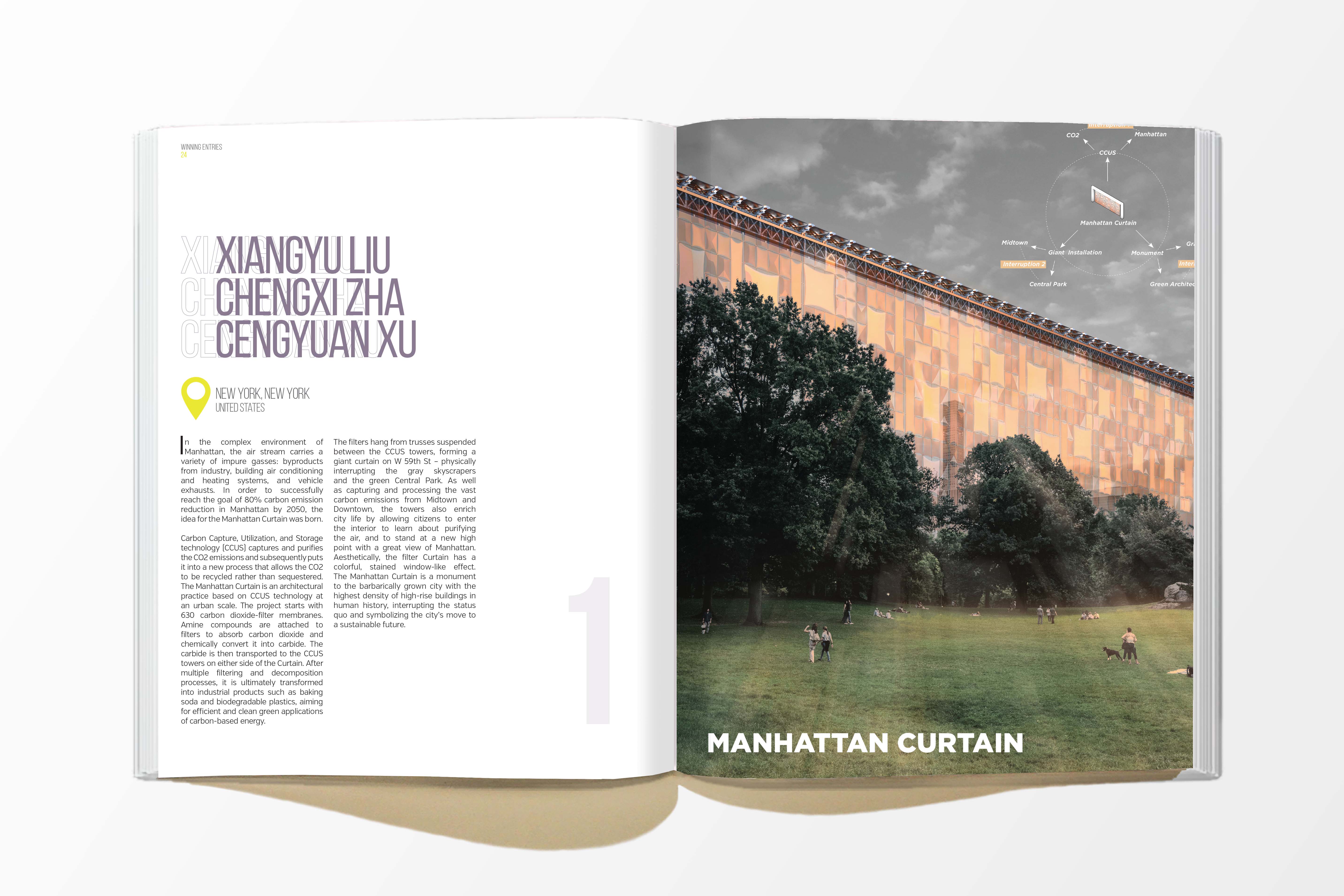



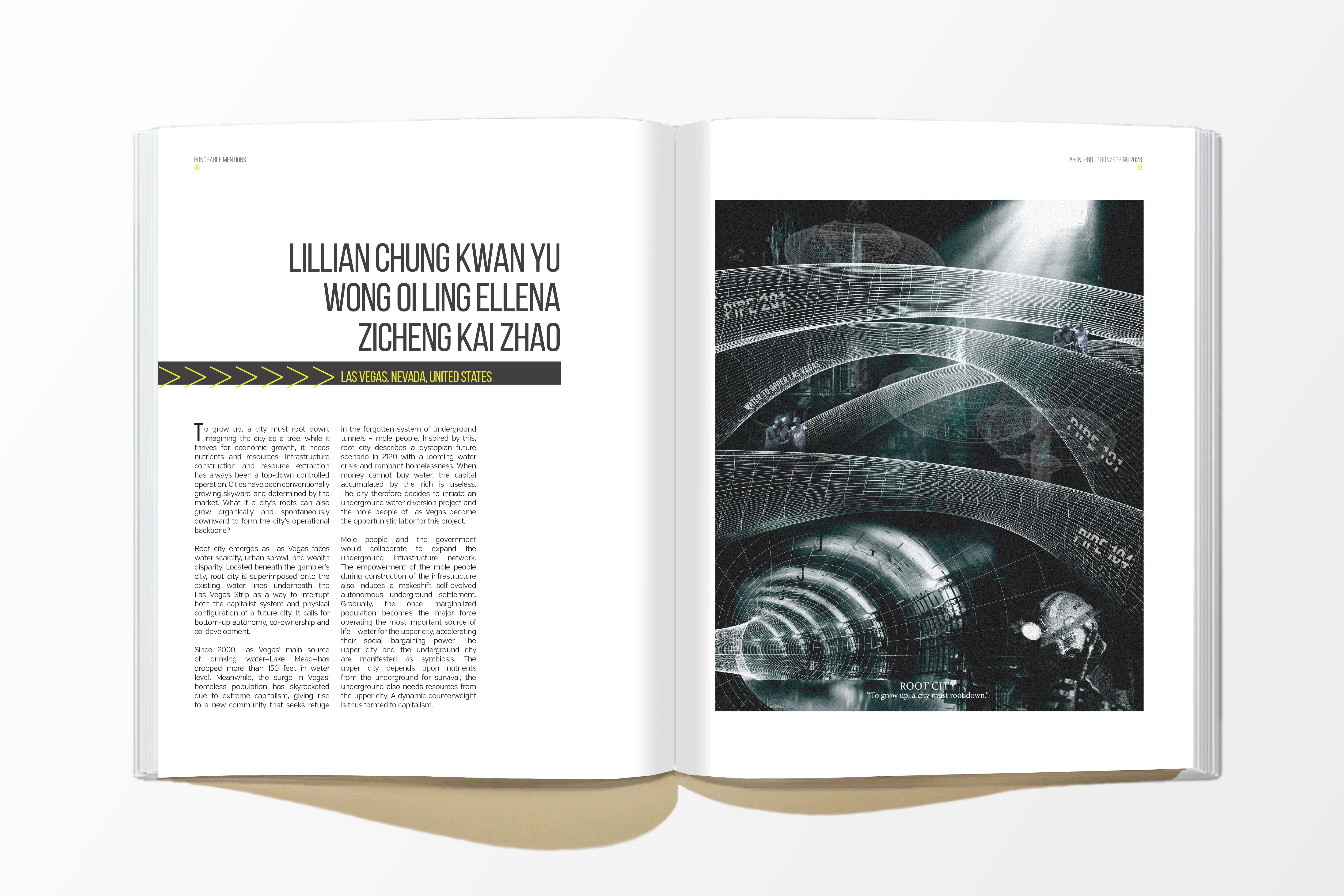




How can design be used to challenge the status quo, to interrupt the jargon, to disrupt and redirect ecological and socio-economic flows? LA+ Journal’s fourth international design ideas competition invited designers to take an established place and design something to productively interrupt both its cultural and spatial context. What does this mean? It means injecting something different into a given context to effect new meanings and new functions. It means questioning what design does, who it’s designed for, what it looks like, and what it means. Issue #17 brings you the results of the LA+ INTERRUPTION design competition, as well as featuring an essay on design competition culture by Katya Crawford and interviews with jurors Fiona Raby, Martin Rein-Cano, Mark Raggatt, Rania Ghosn, and Jason Zhisen Ho.
Tatum L. Hands +
Richard Weller
Katya Crawford
Jury Q+A
Winning Entries
Honorable Mentions
“Editorial”
“Let’s Smoke, Walk, and Enter Competitions”
Fiona Raby
Jason Zhisen Ho
Mark Raggatt
Martin Rein-Cano
Rania Ghosn
Xiangyu Liu + Chengxi Zha + Cengyuan Xu
Jake Boswell
Antoine Apruzzese + Thomas Roche + Anne Klepal
Joseph Henry Kennedy jr. +
Vincent Parlatore + Hana Svatoš-Ražnjevi
Qiutong Huang + Jingjun Tao
Jonathan Arnaboldi
Olivia Pinner + Adam Scott
Lillian Chung Kwan Yu +
Wong Oi Ling Ellena + Zicheng Kai Zhao
Jiaqi Li + Leyi Cui
Xiaojun Zhang + Peter W. Ferretto
Eugene Ong
Yang Du + Scott Aker
Allegra Zanirato + Rebecca Billi

19 BOTANIC
Published: Spring 2024















LA+ BOTANIC explores our evolving relationship with plants with contributions that reflect on the many natures and relations that are being materialized in plant conservation, botanic gardens, and botanic art today. A wide range of topics is covered, including plant conservation efforts and the challenges posed by global heating and extinction, the limited plant choices imposed by the horticultural industry, and the many representations of plants found in visual, material, textual, and architectural works. Edited by Karen M’Closkey, contributors include Giovanni Aloi, Irus Braverman, Patrick Blanc, Xan Sarah Chacko, Sonja Dümpelmann, Jared Farmer, Annette Fierro, Matthew Gandy, Ursula K. Heise, Andrea Ling, Janet Marinelli, Beronda L. Montgomery, Catherine Mosbach, Katja Grötzner Neves and Bonnie-Kate Walker.
Katja Grötzner Neves
Sonja Dümpelmann
Bonnie-Kate Walker
Janet Marinelli
Irus Braverman
Xan Sarah Chacko
Andrea Ling
Karen M’Closkey
Matthew Gandy
Beronda L. Mongomery
Karen M’Closkey
Karen M'Closkey
Annette Fierro
Karen M'Closkey
Ursula K Heise
“The Changing Nature of Botanic Gardens
”
“Spiraling Diversity and Blank Spots in a 19th-Century Utopian Botanic Garden”
“Garden of Relation: Drawing the Climatic
Intelligence of Plants
”
“Plants on the Move
”
“Green Gold: The Akkoub's Settler Ecologies
”
“The Vault Is a Bunker, The Arsenal Are Seeds
”
h
“Design(ed) Decay
”
“In Conversation with Giovanni Aloi
”
“Forensic Ecologies and the Botanical City
”
“Botanic Lessons from the Prairie”
“In Conversation with Jared Farmer
”
“In Conversation with Patrick Blanc +
Catherine Mosbach
”
“Conceits and Constructs: Vegetal Architecture
”
“Plant Samples”
“Smart Plants and the Challenges of Multispecies Narrative ”
22 ENVIRONMENT
Coming: Fall 2025
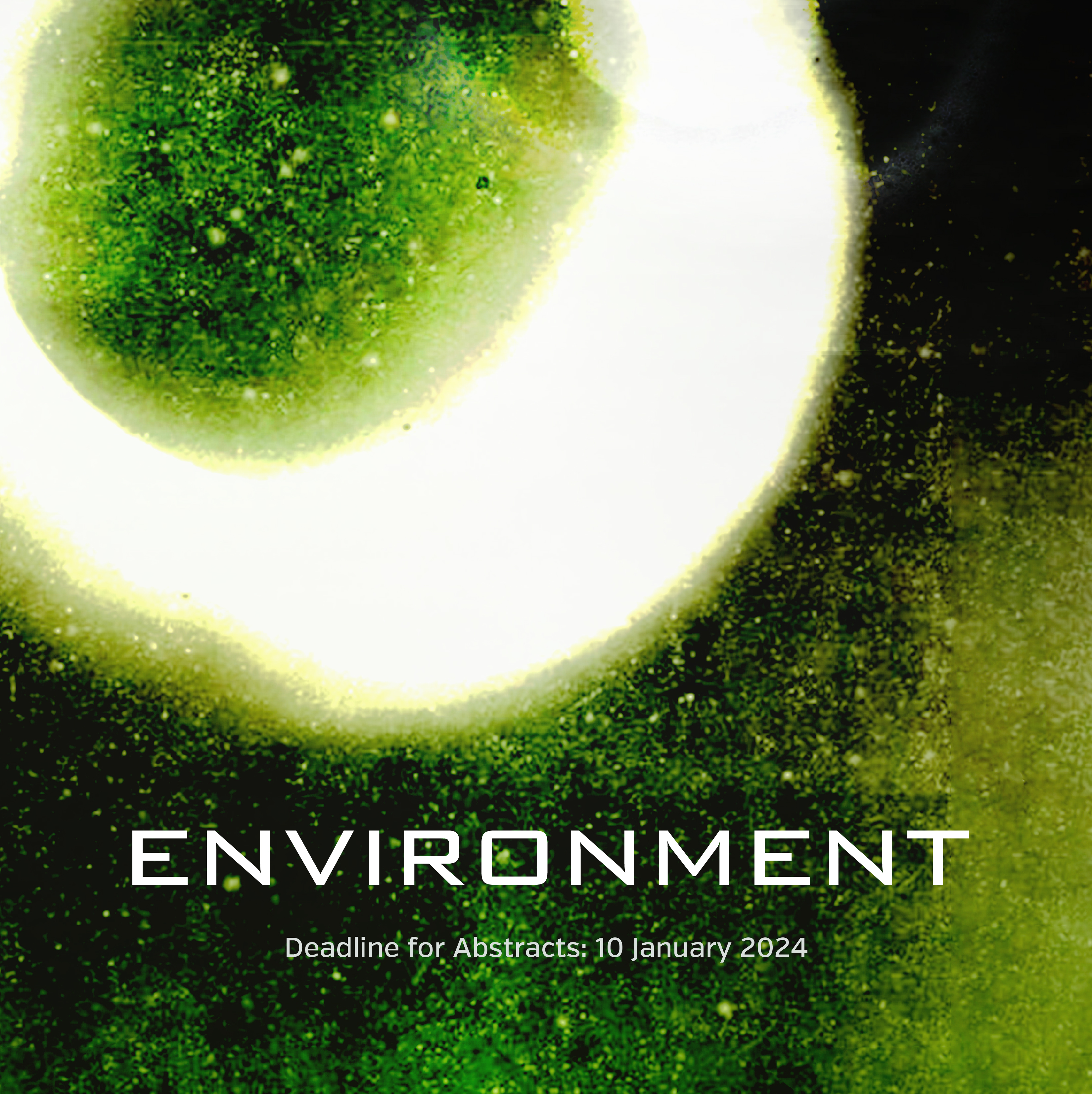
Over the past few decades, there has been a groundswell of work by environmental historians and the emergence of the loosely defined “environmental humanities,” which has broadened, deepened, and challenged the story of environmentalism that is often told as part of the origin story of landscape architecture in the US—from early conservationists involved in the development of national parks to Rachel Carson’s Silent Spring and Ian McHarg’s Design with Nature. What could be more foundational to landscape architecture than this idea of “environment?” But what is the environment, or an environment? First and foremost, it is a word that is so pervasive—and its meaning taken for granted—that it is easy to forget how recently the term has proliferated.
The word environment—as surrounding or milieu, including the elements that support life on earth—has long been in use, dating to the 16th century and, more widely, to the late 19th century; however, its usage as a qualifier for myriad disciplines, institutions, and activities—environmental history, environmental studies, environmental science, environmental justice, environmental art, environmental planning, environmental protection, environmentalism—is much more recent. Scholars have only just taken the word “environment” itself as a point of departure in order to increase our understanding of the usefulness of this concept as it emerged in different contexts.
This issue of LA+ invites contributors to reflect on the history, origin, and relevance of this often taken-for-granted yet ineffable idea we call environment .
Email abstract and short bio to laplus@design.upenn.edu by 10 January 2024. For information on submissions, see www.laplusjournal.com/Submissions.
25 UTOPIA
Coming: Spring 2027
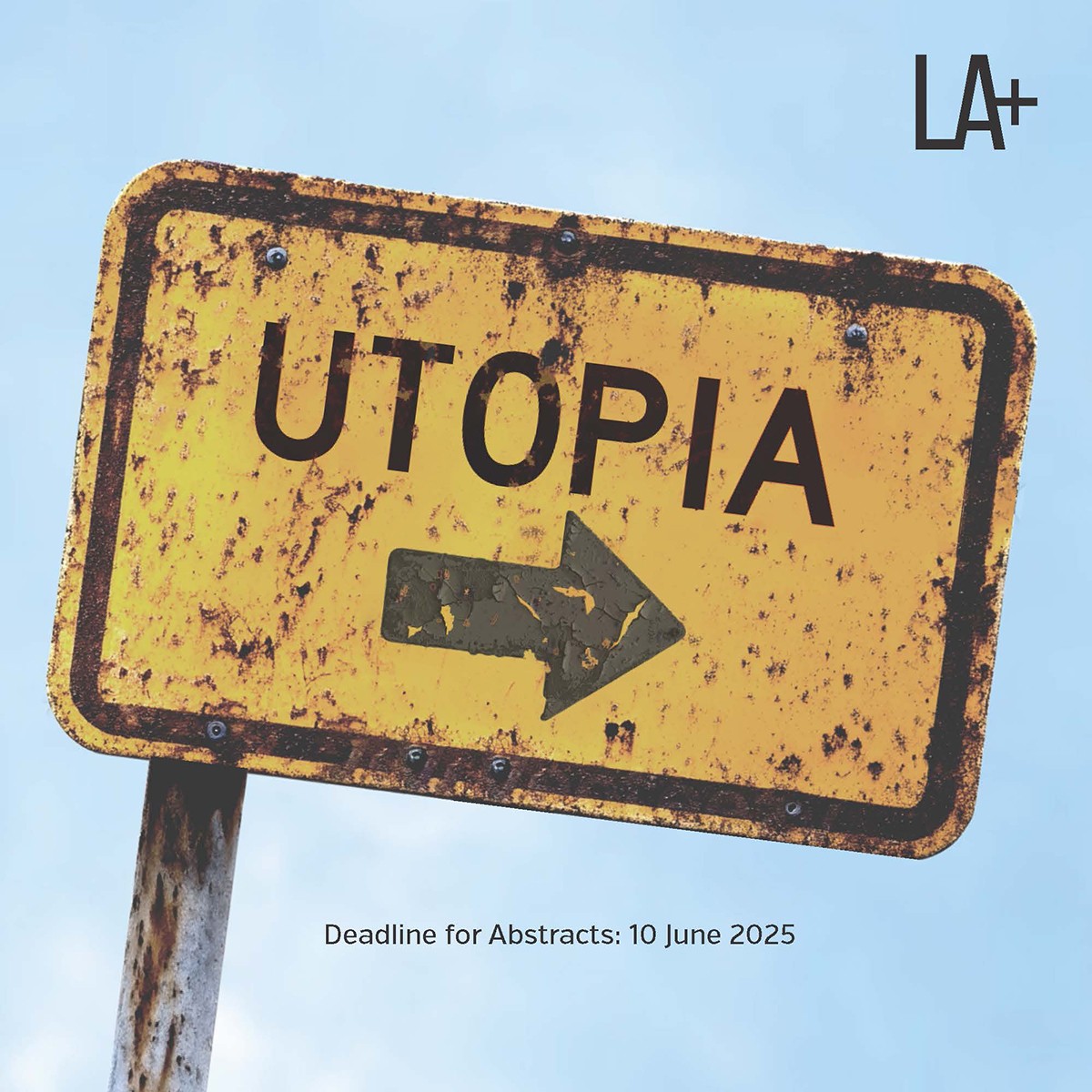
Critiquing the present, speculating about the future, and engaging in creative thinking to inspire social or environmental change sounds a lot like design. What makes utopian thinking any different?
The concept of utopia has been revisited time and again in literature, philosophy, architecture, and urban planning. Thomas More’s 1516 book Utopia —literally, “no place”—describes an imaginary ideal society. Although it is considered a satirical take on the society of his time, it has inspired more “earnest” visions, such as Edward Bellamy’s Looking Backward (1888) and Constant Nieuwenhuys’s New Babylon (1956-74), both of which imagined people largely liberated from labor in pursuit of creativity and leisure. Benign views of automation and various failed utopian experiments have been criticized as naïve at best and tyrannical at worst. Even Plato cautioned that the absolute power given to "philosopher kings" could lead to corruption. Of course, a perfect utopia can only exist in fiction, and a charge of utopianism is often used to dismiss what seems impossible. However, with utopian ideas comes radical speculation about what could and should change in society. Now seems like an opportune time to explore how we might find a place for “no place.” As S.D. Chrostowska states: Without utopia, our consciousness is not up to what is to be done.
We invite contributions about the relationship between utopia and topics such as design, visual rhetoric, labor, technology, property, and more.
Email abstract and short bio to laplus@design.upenn.edu by 10 June 2025. For information on submissions, see www.laplusjournal.com/Submissions.
